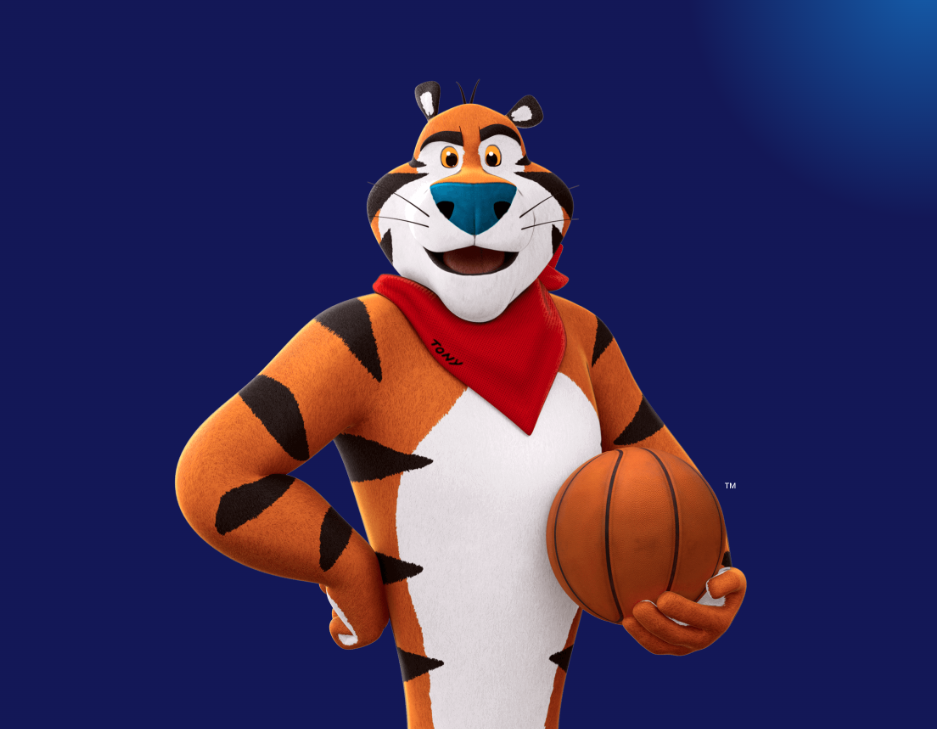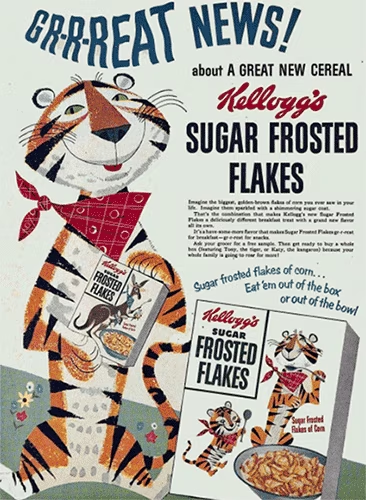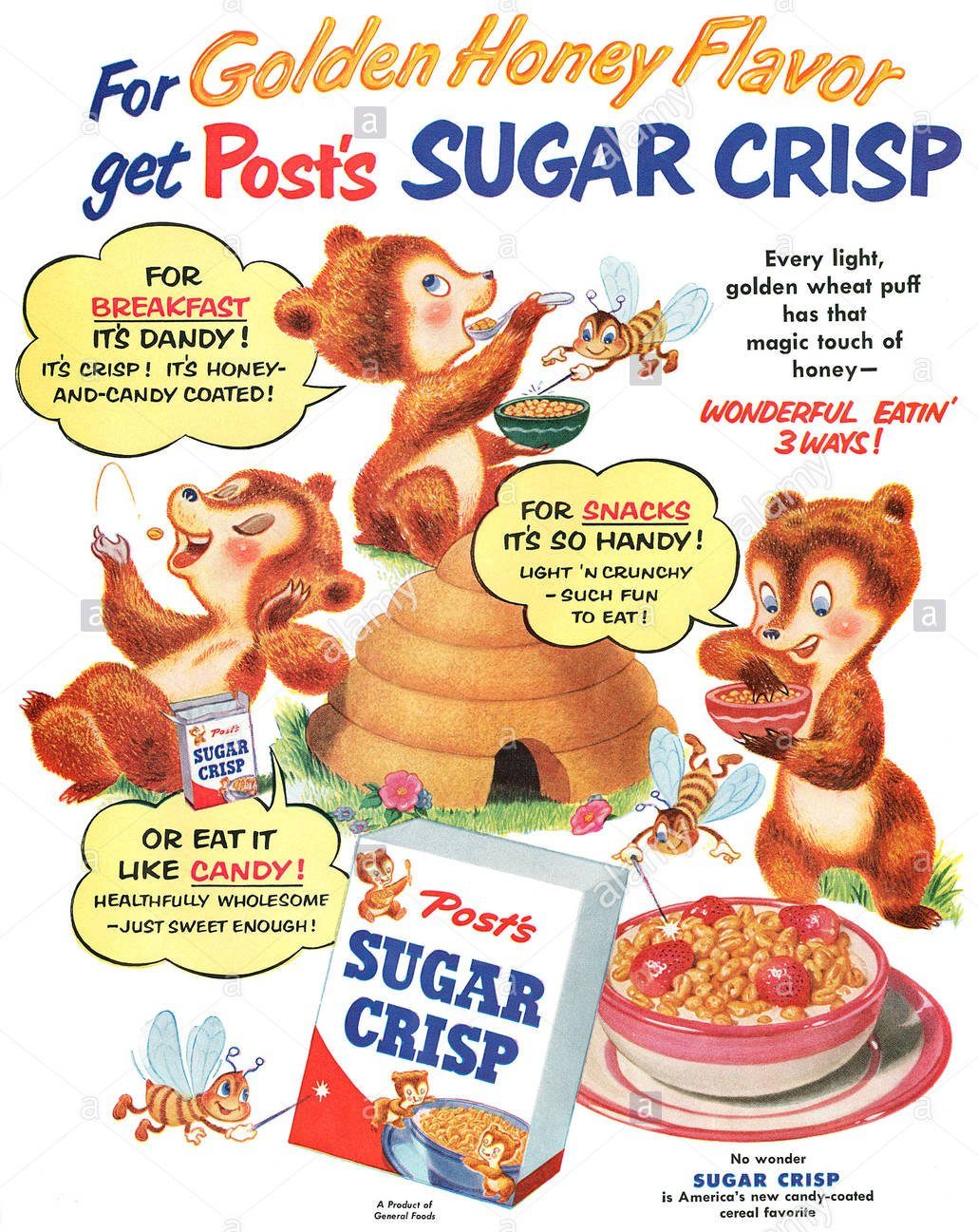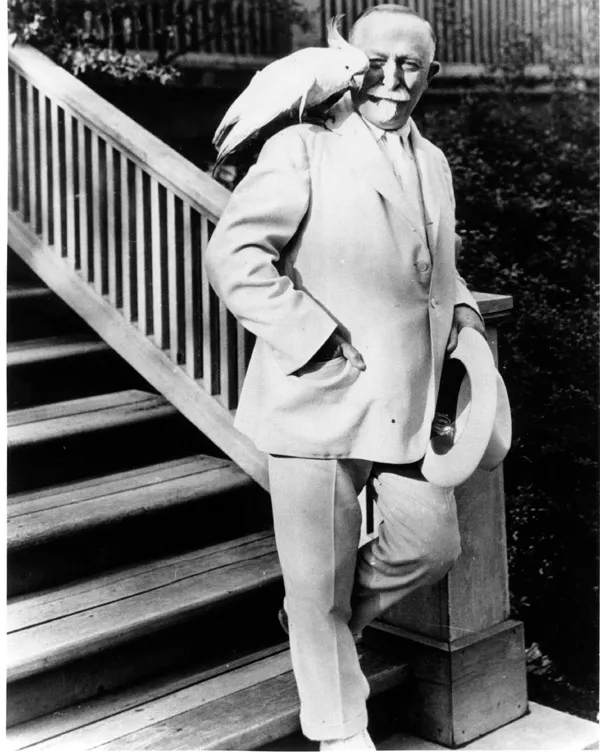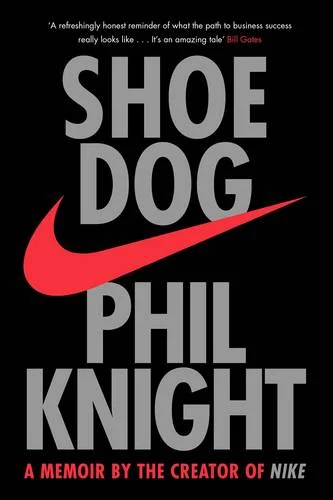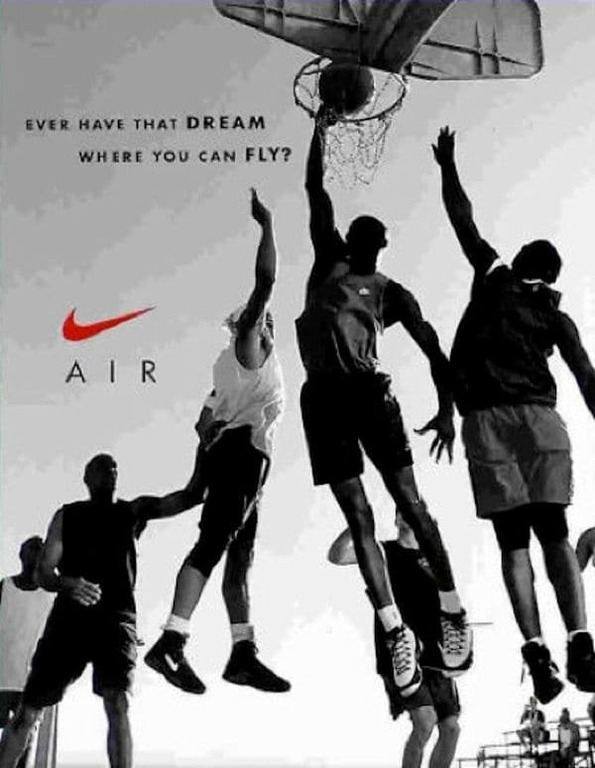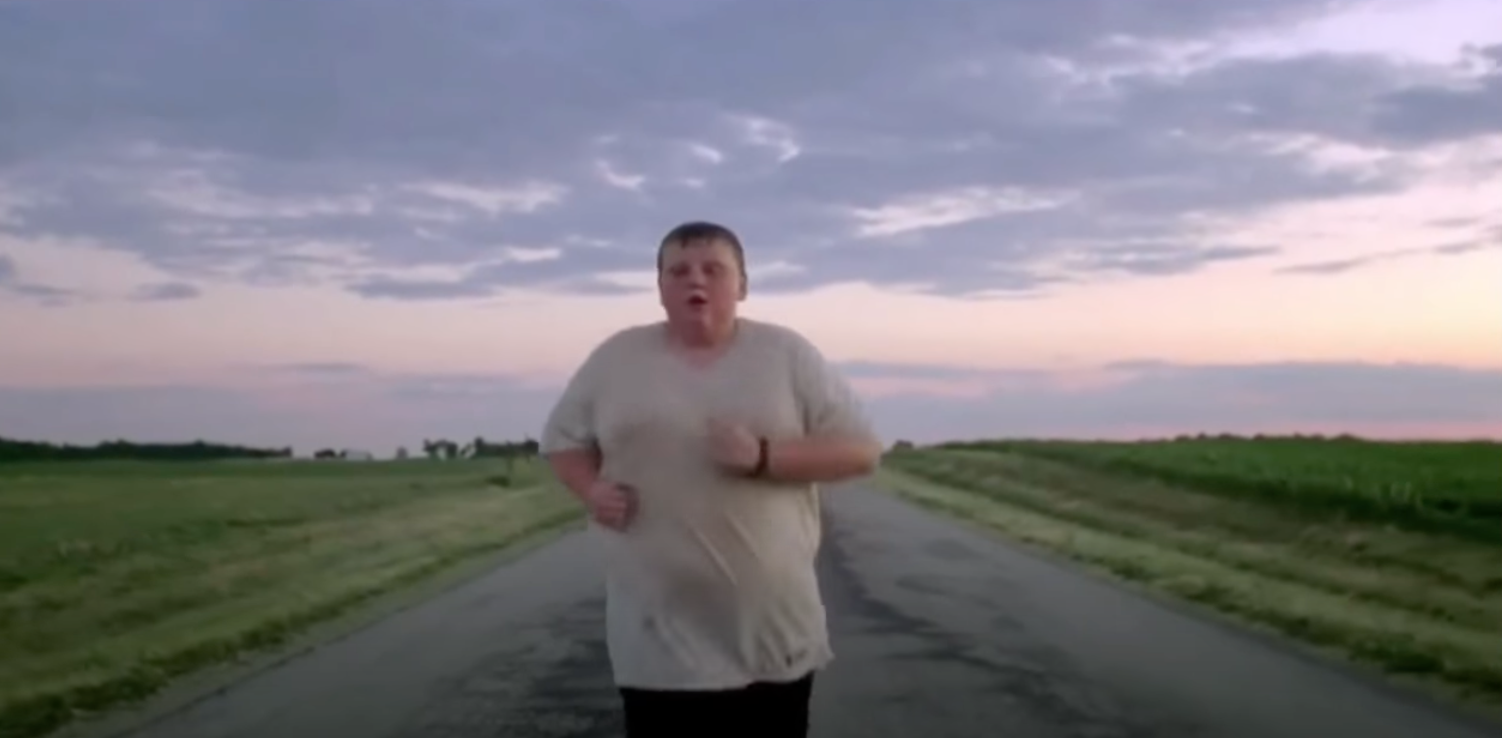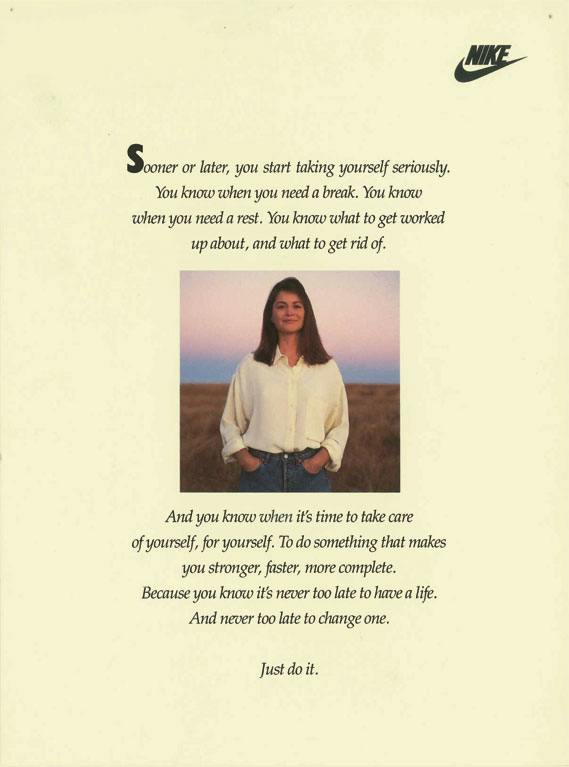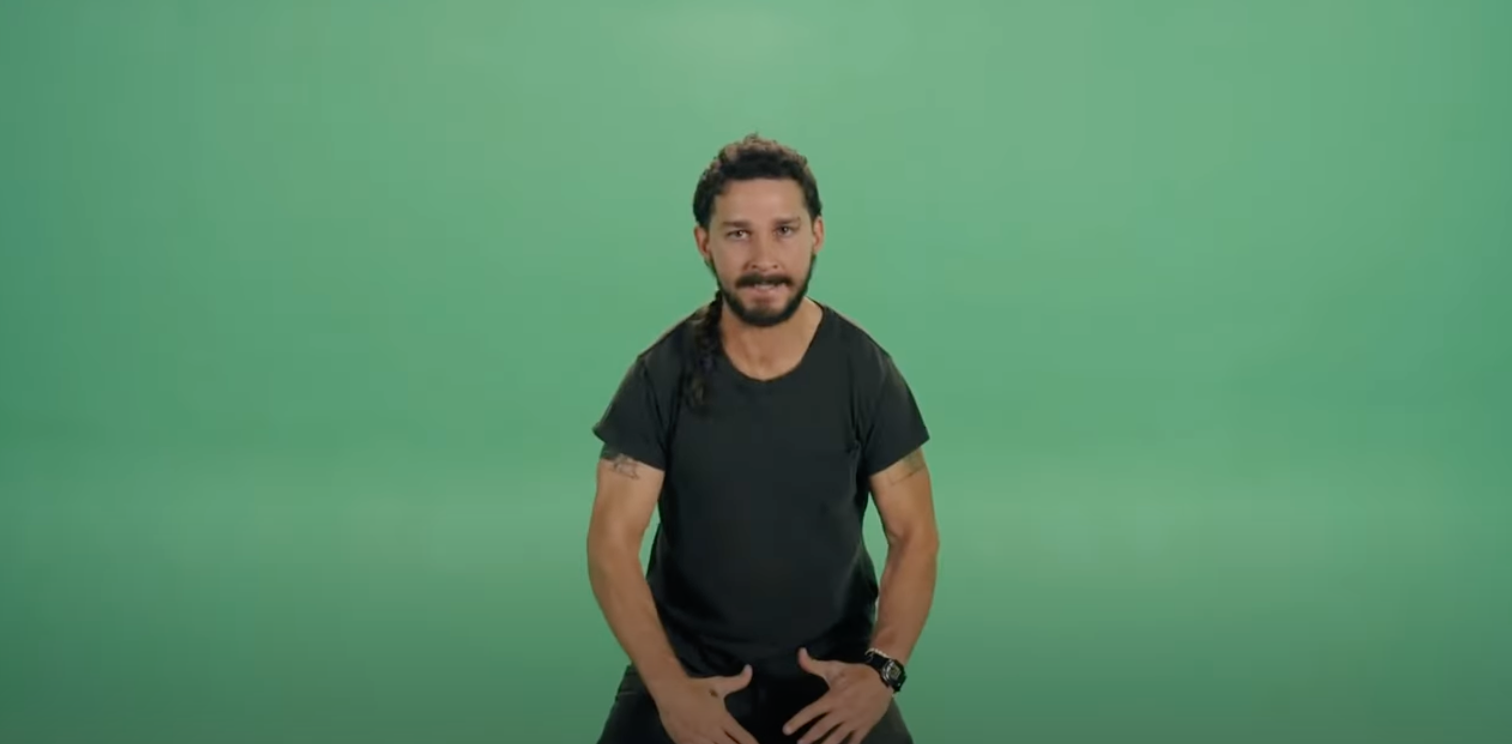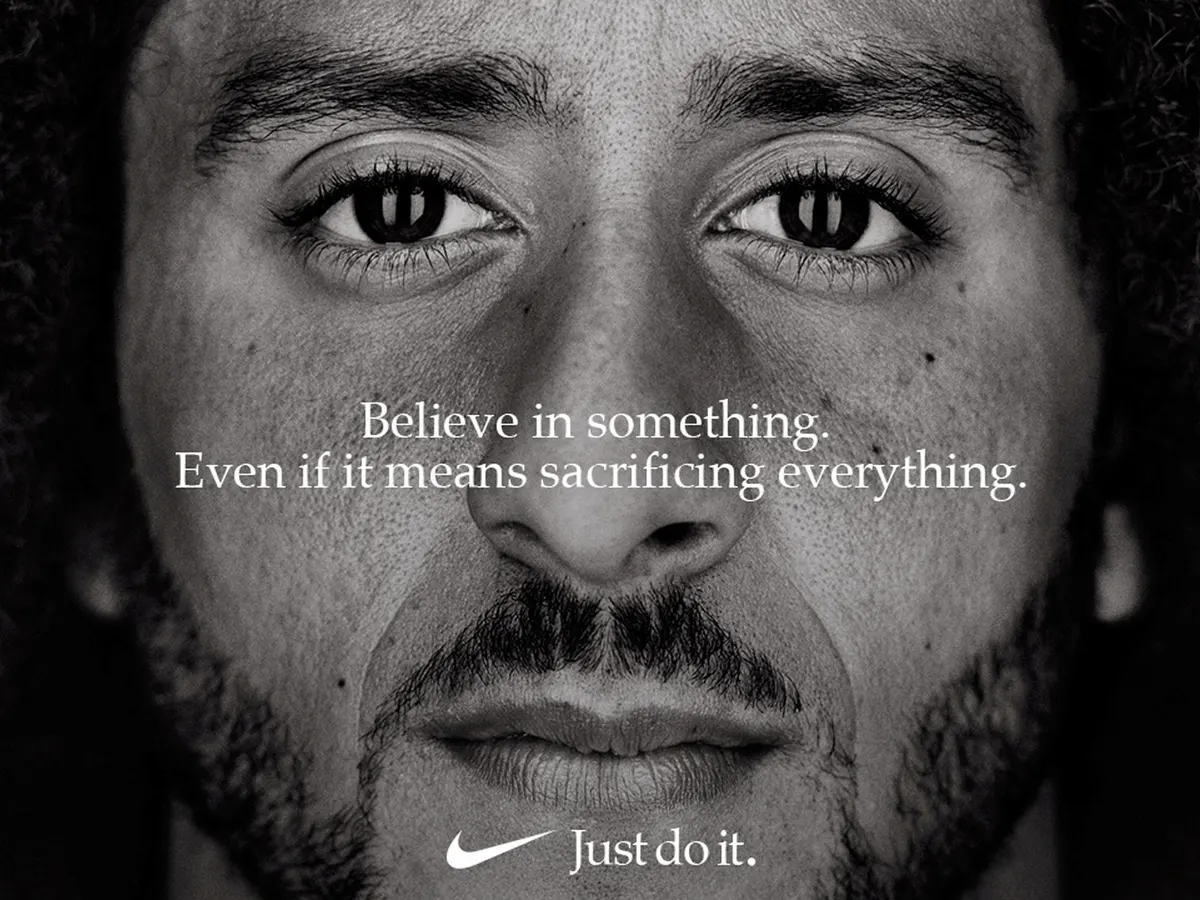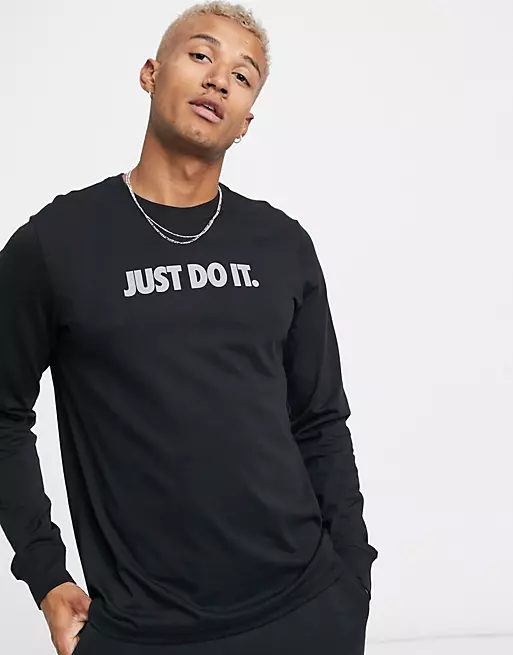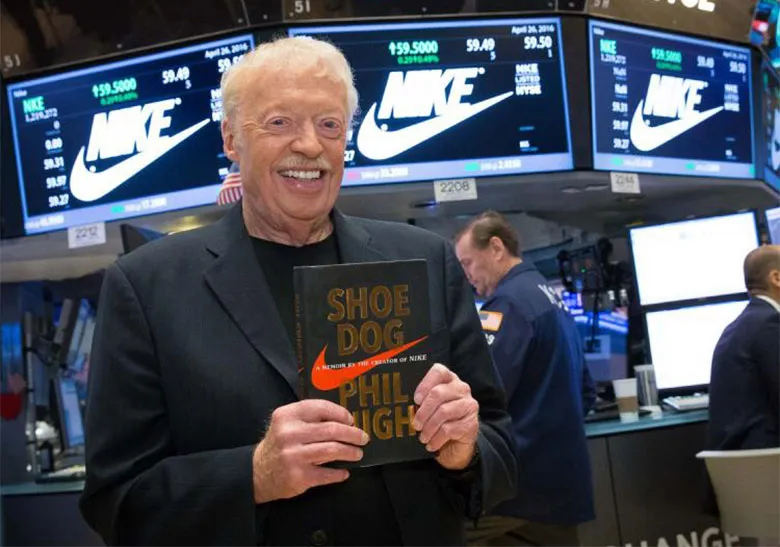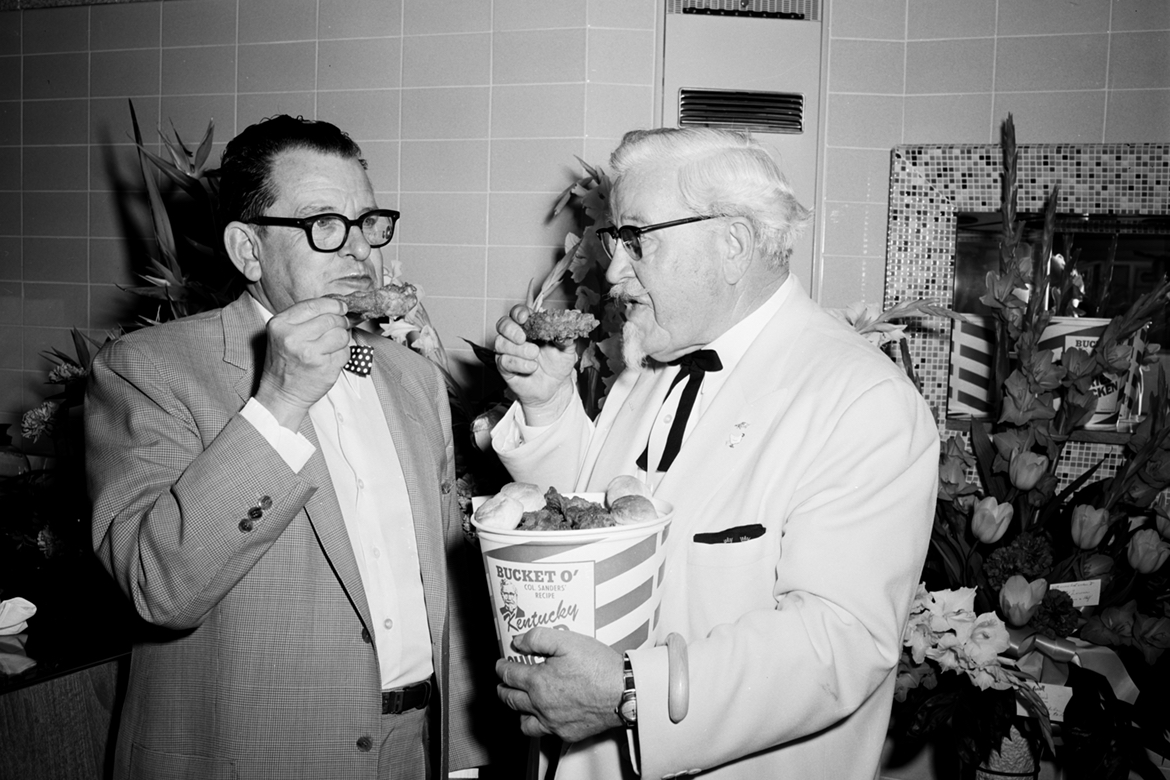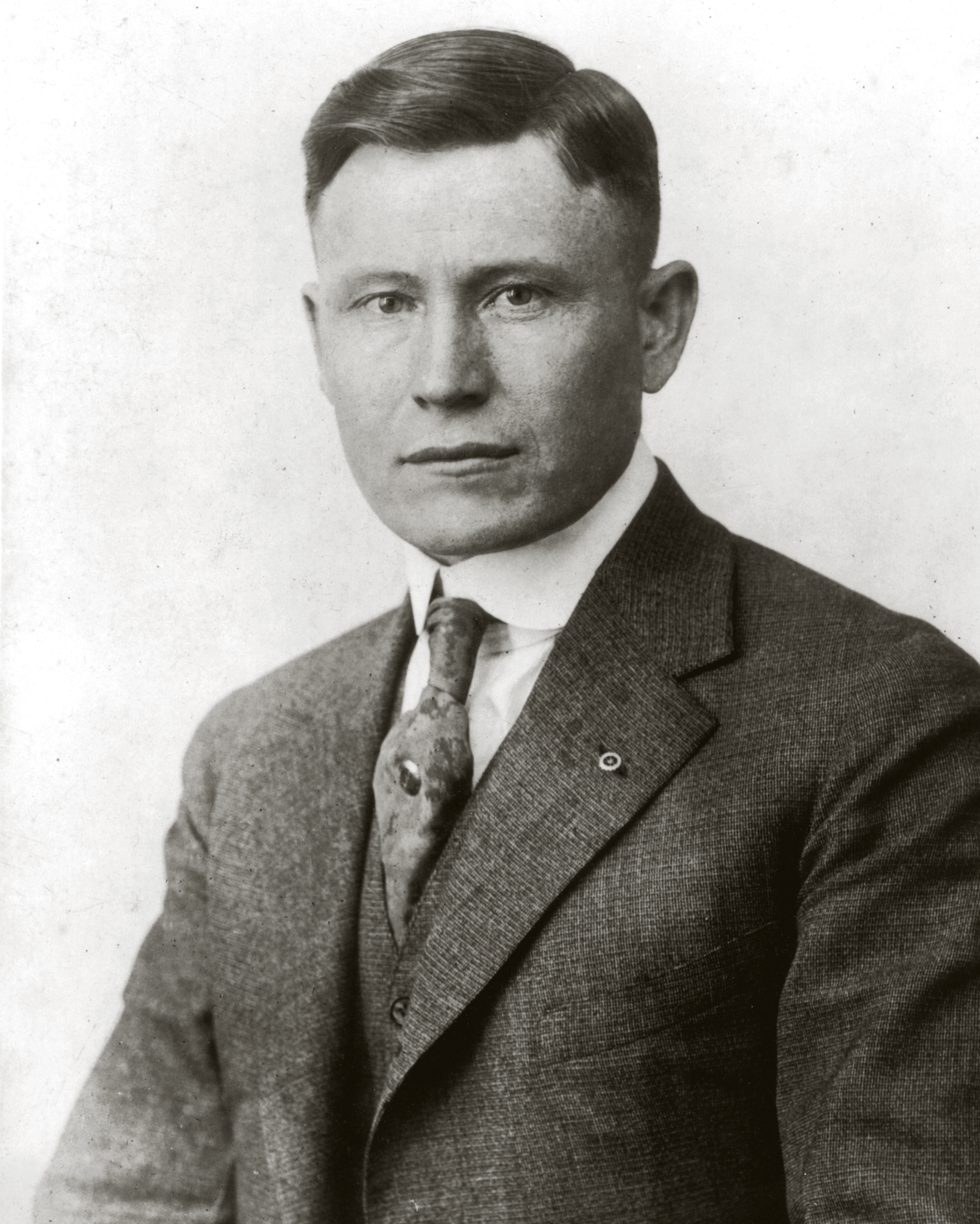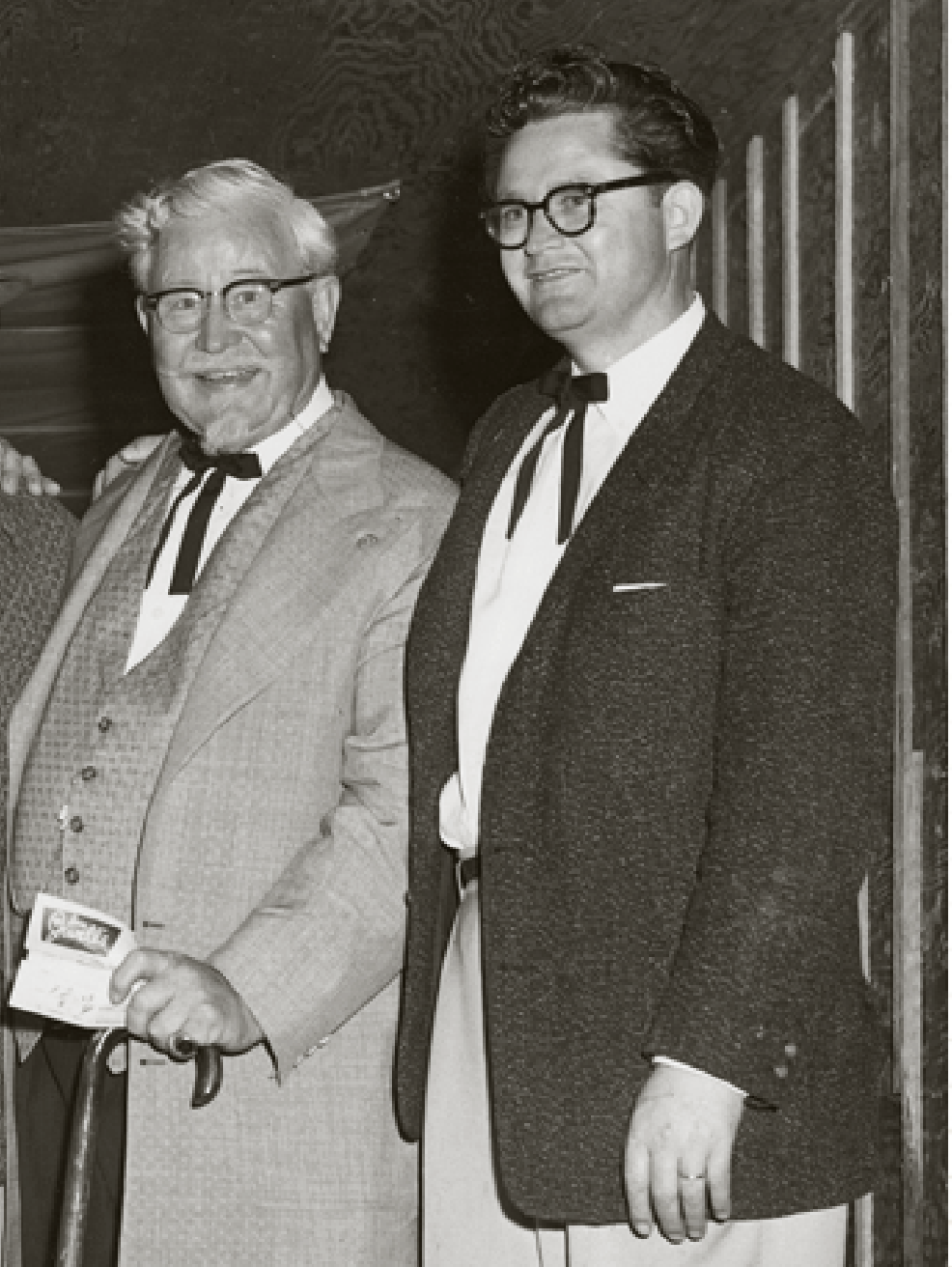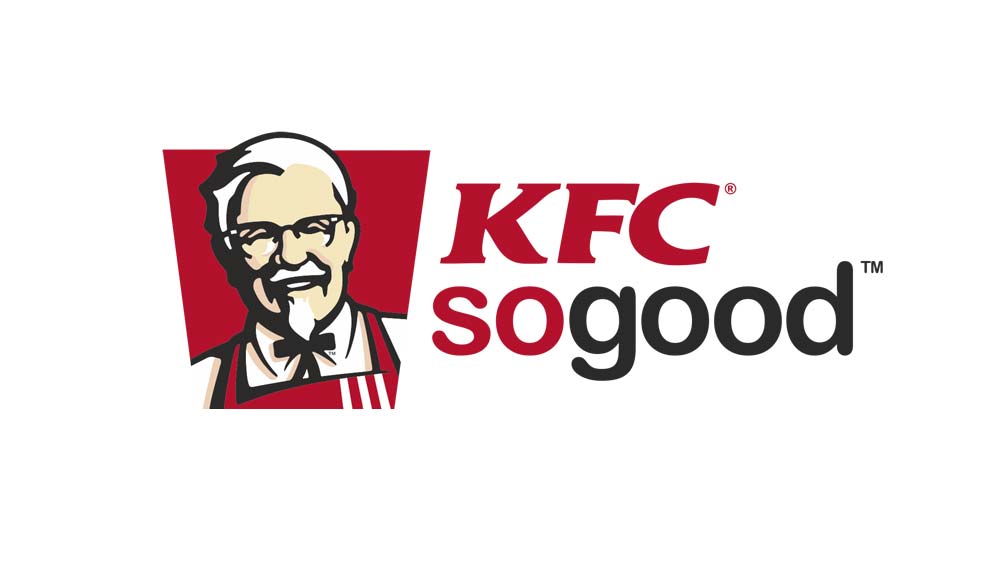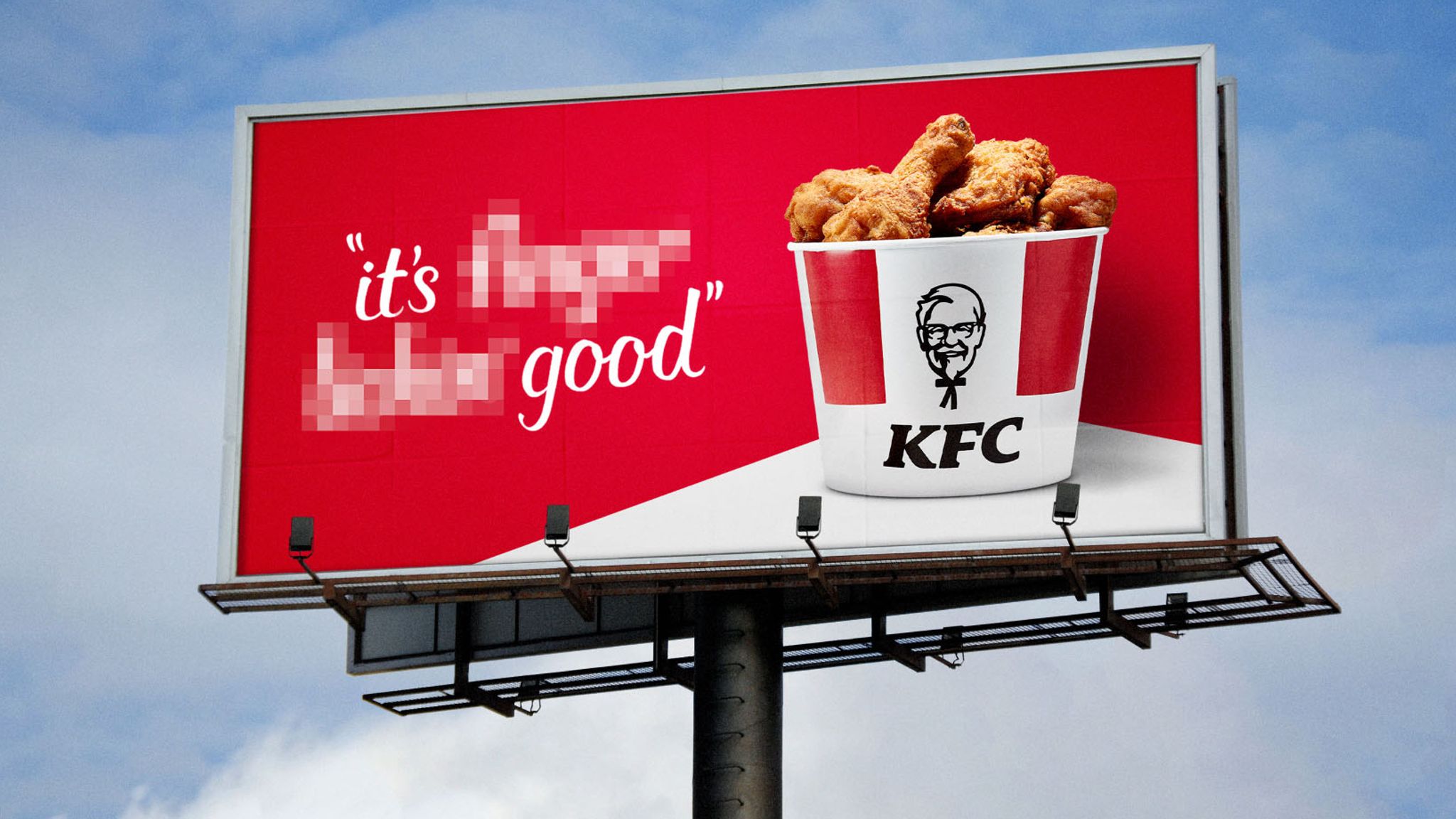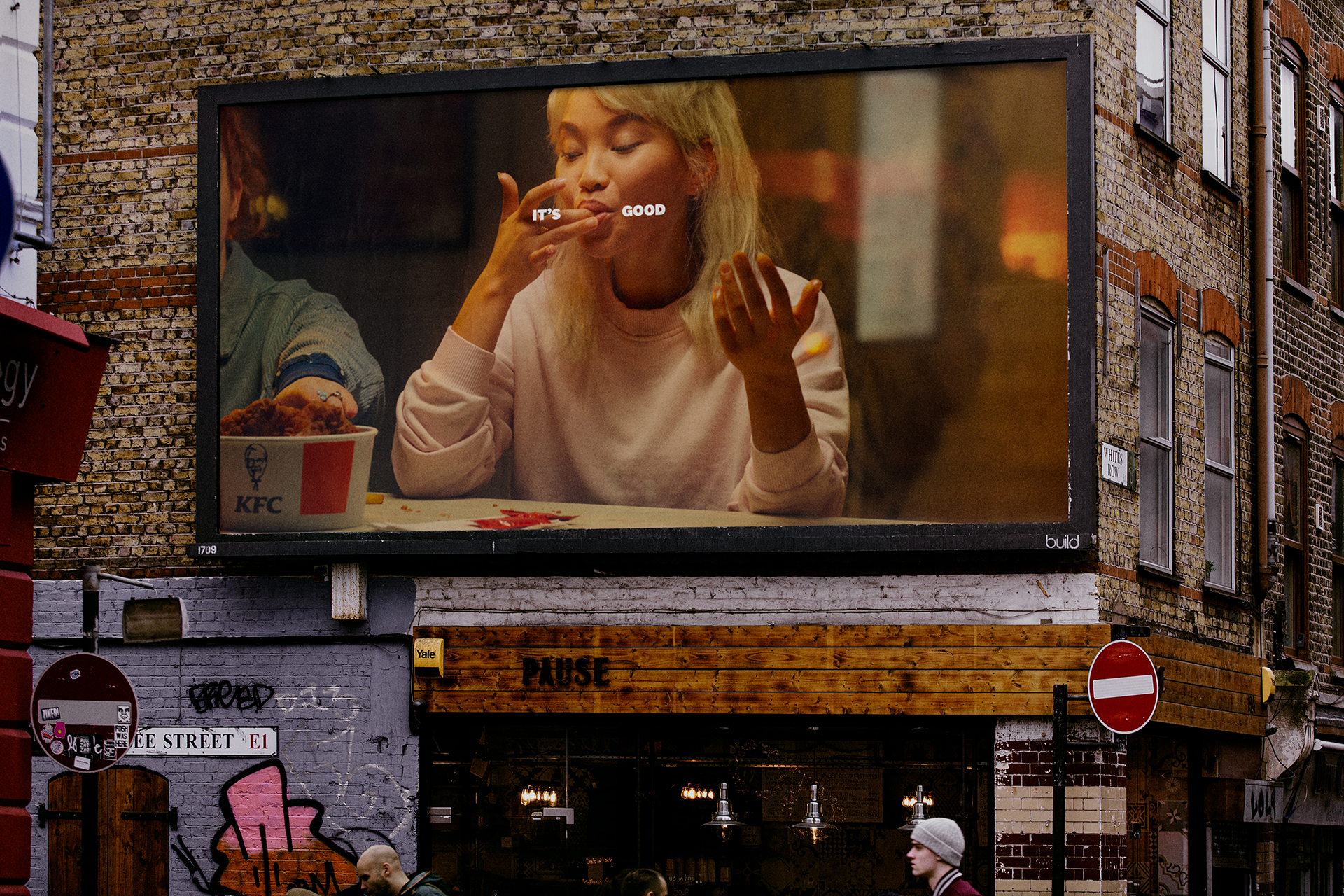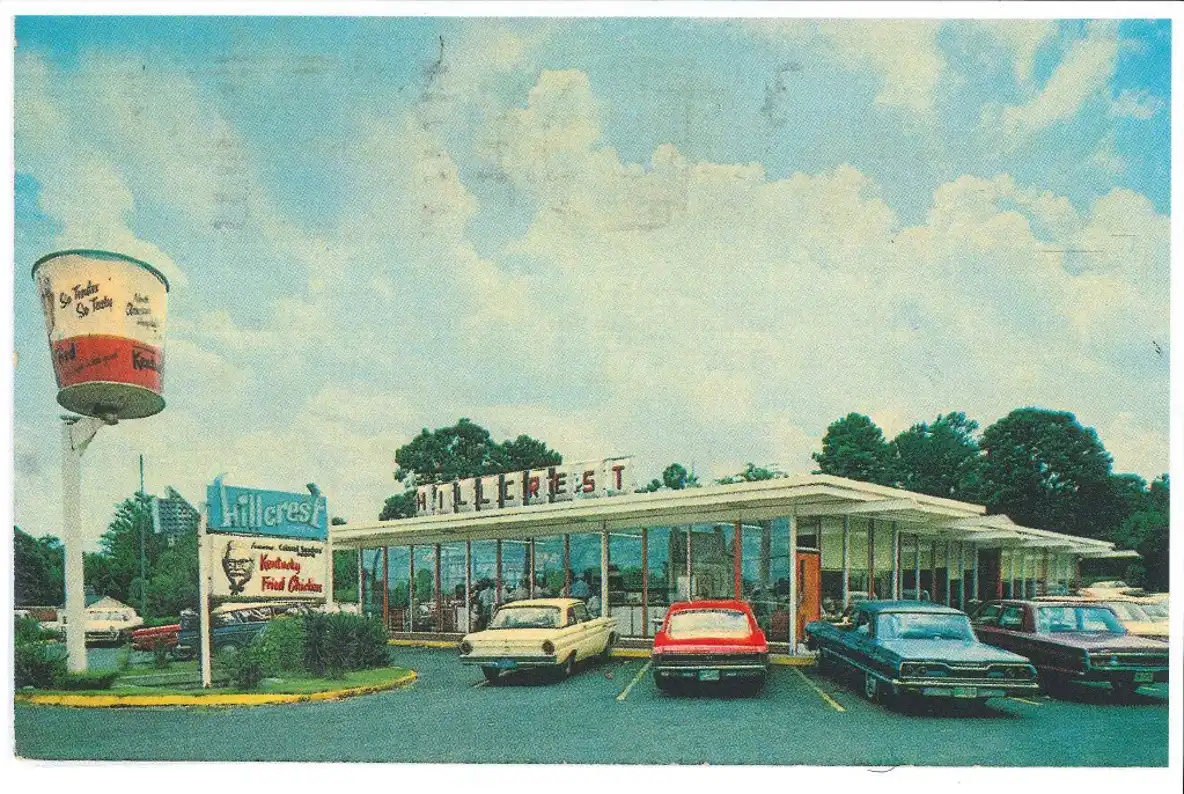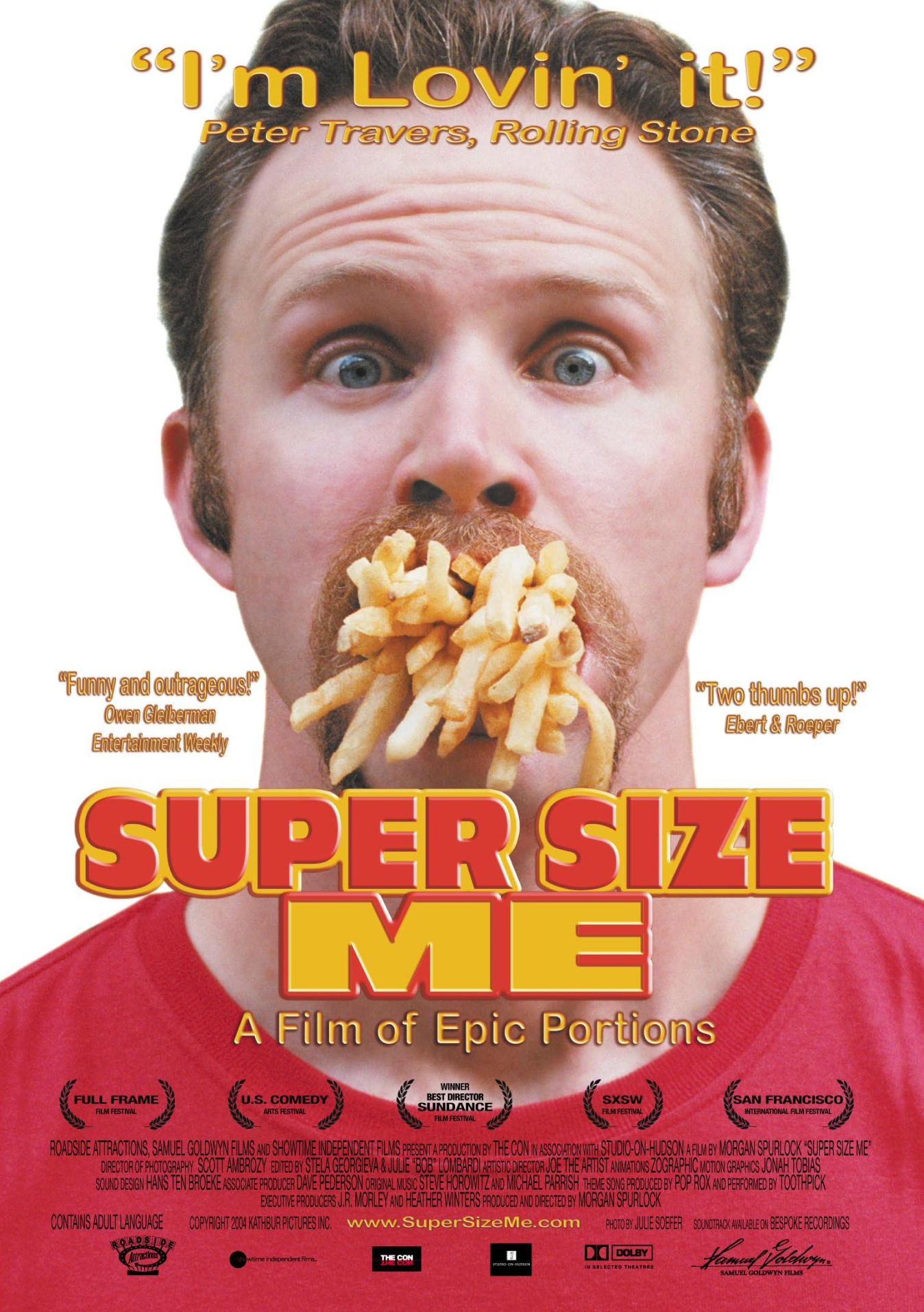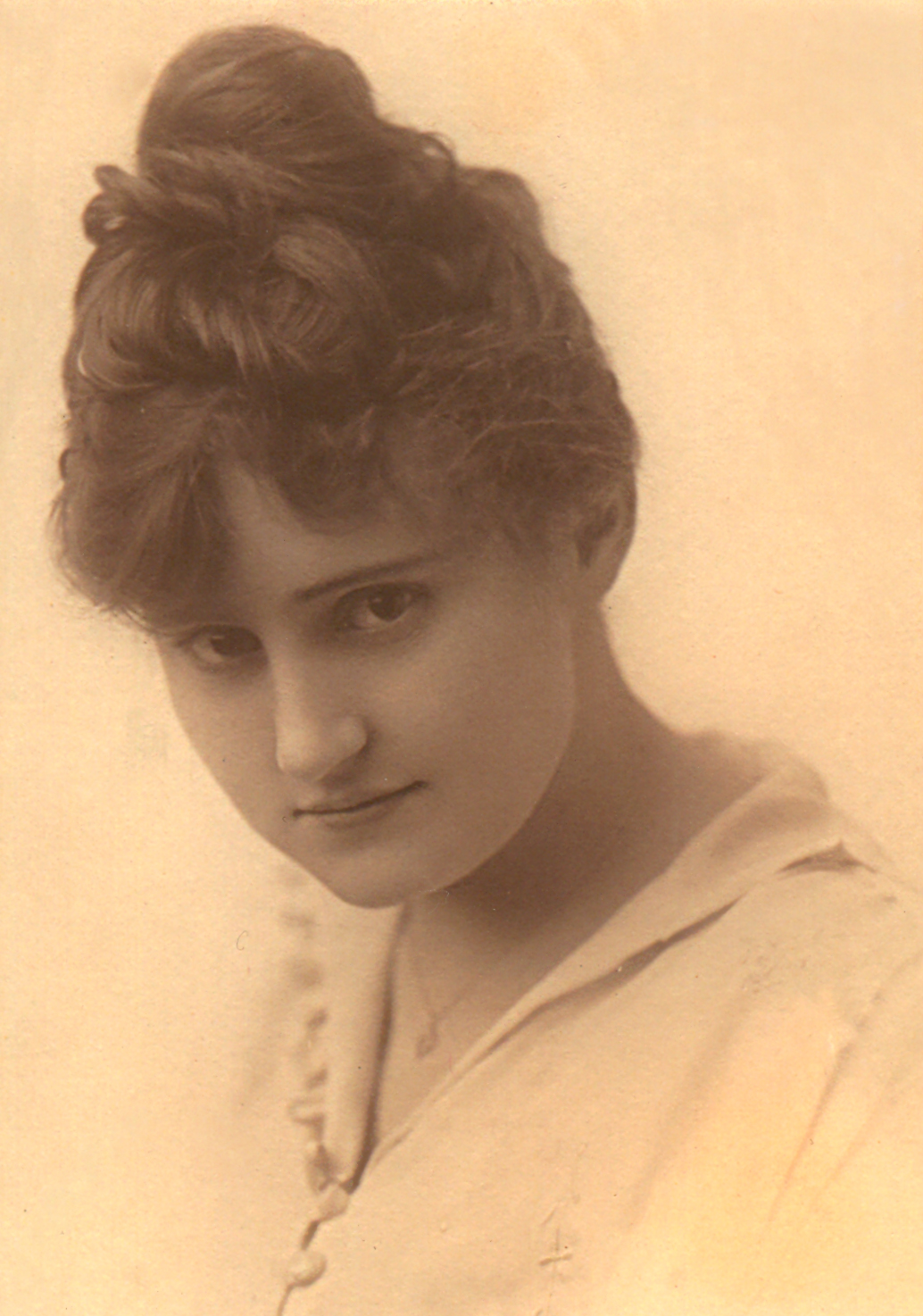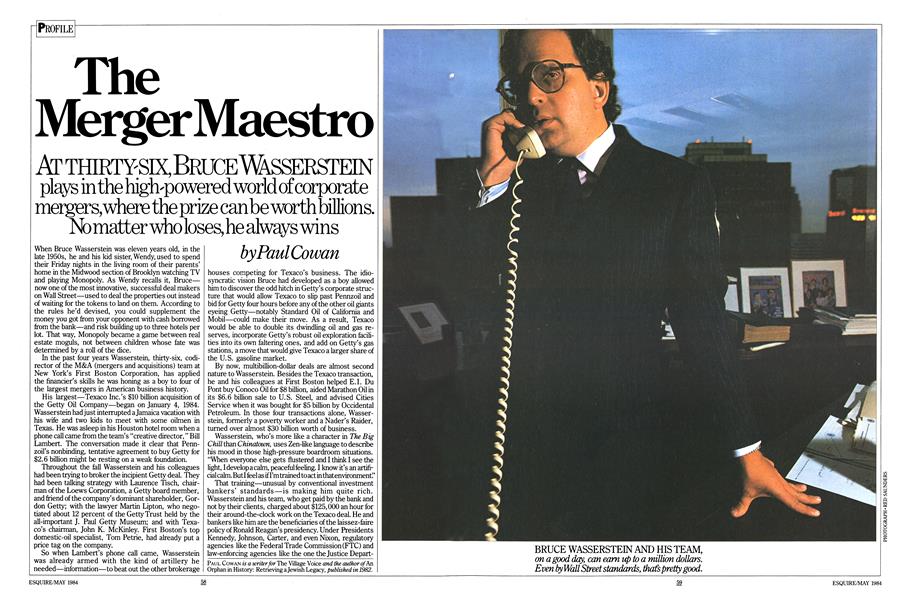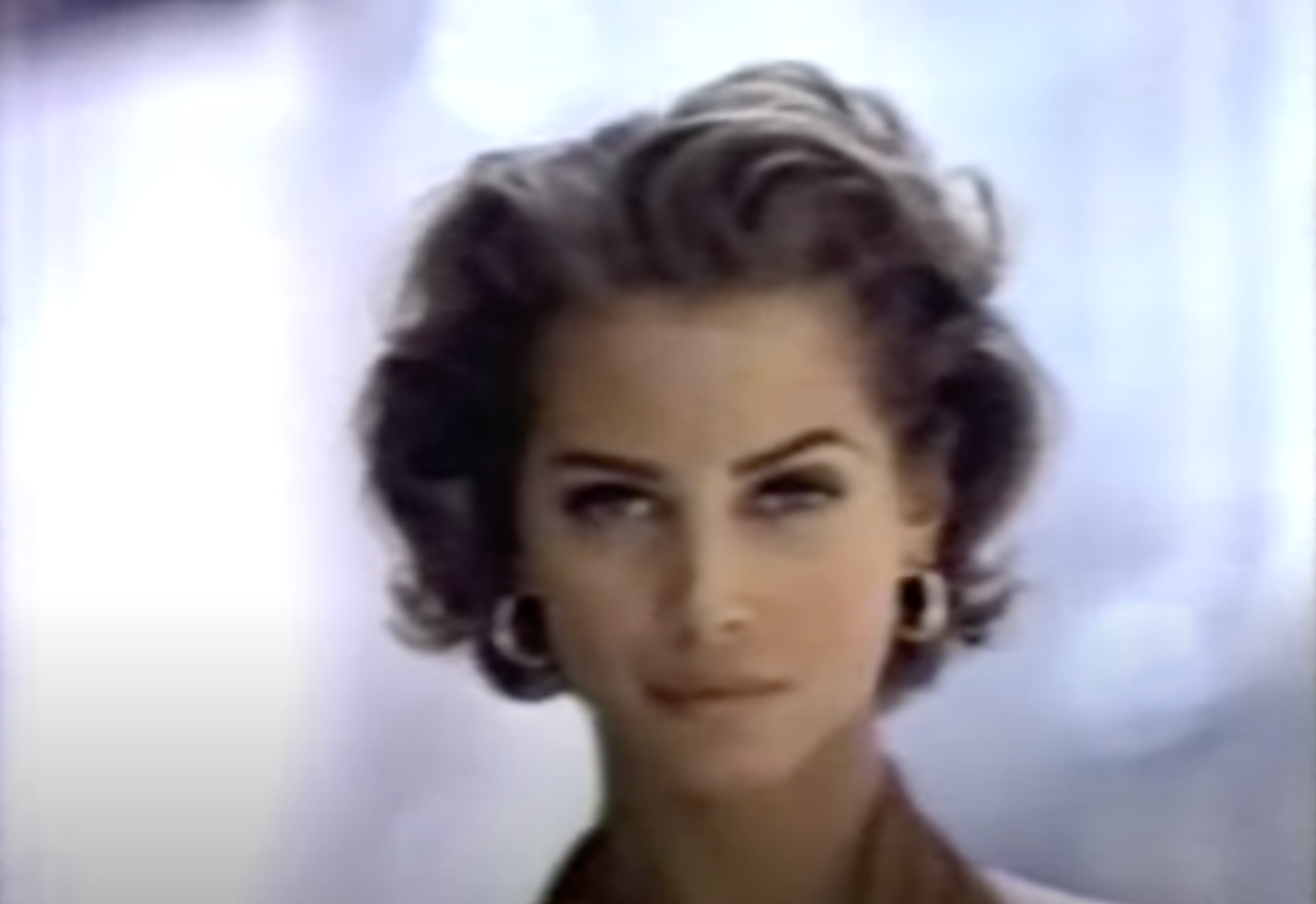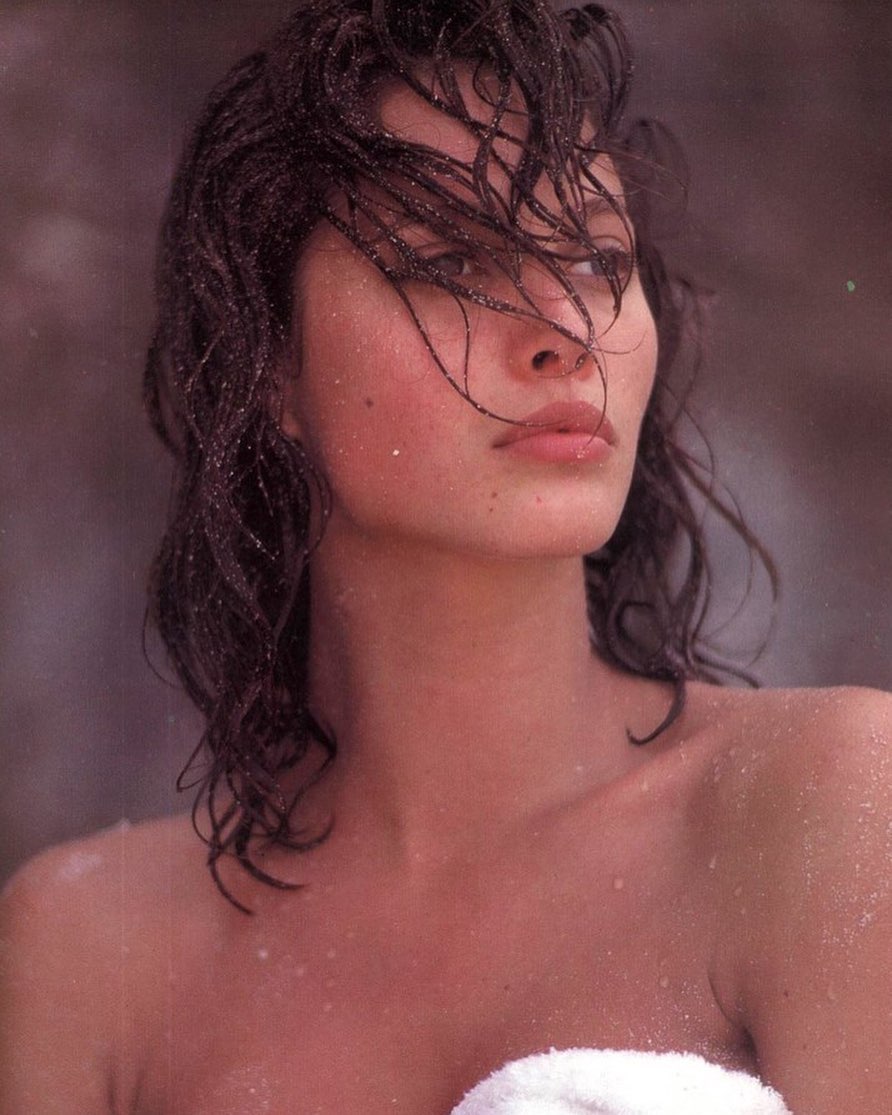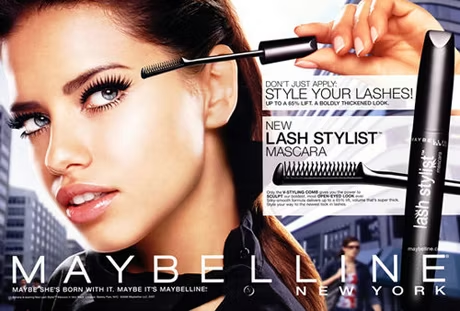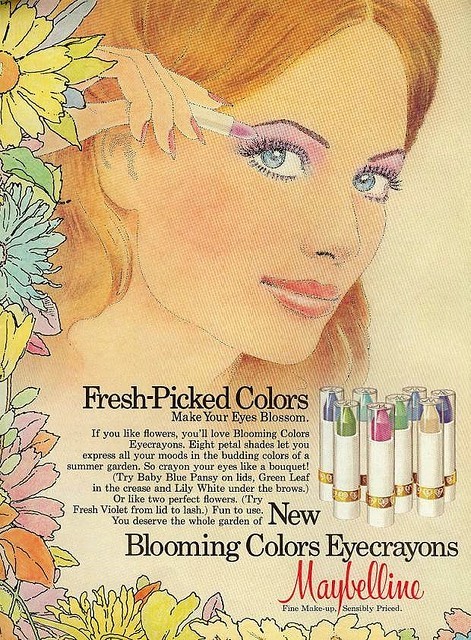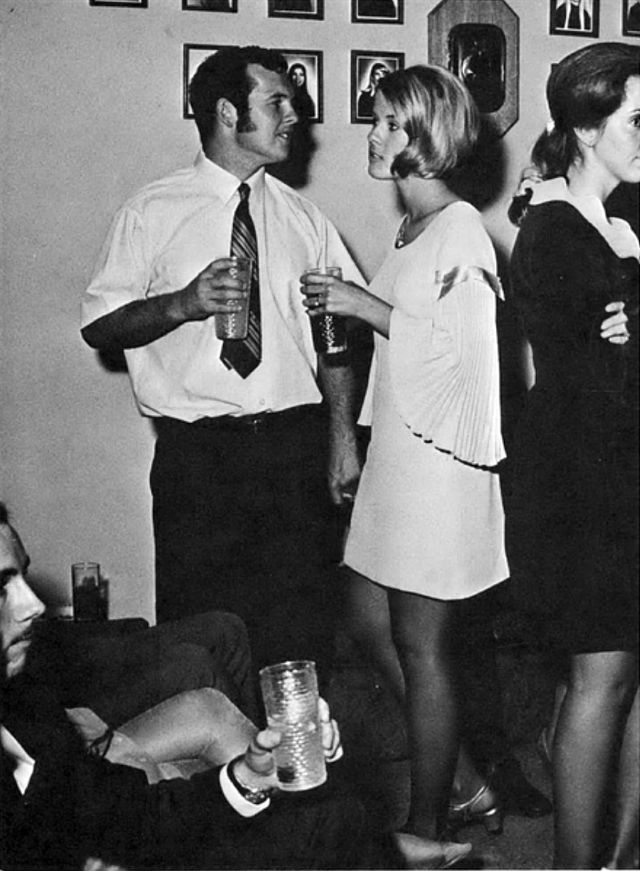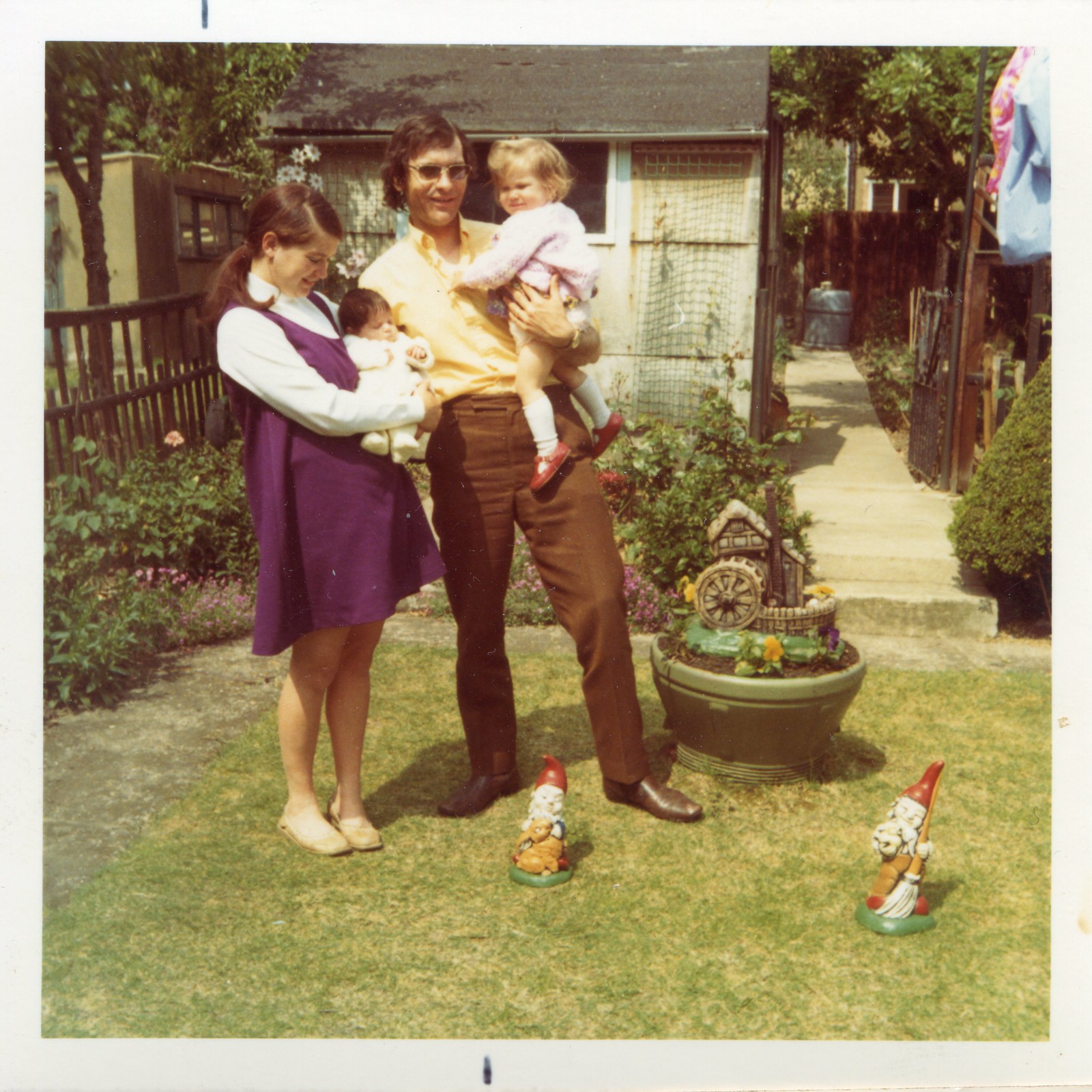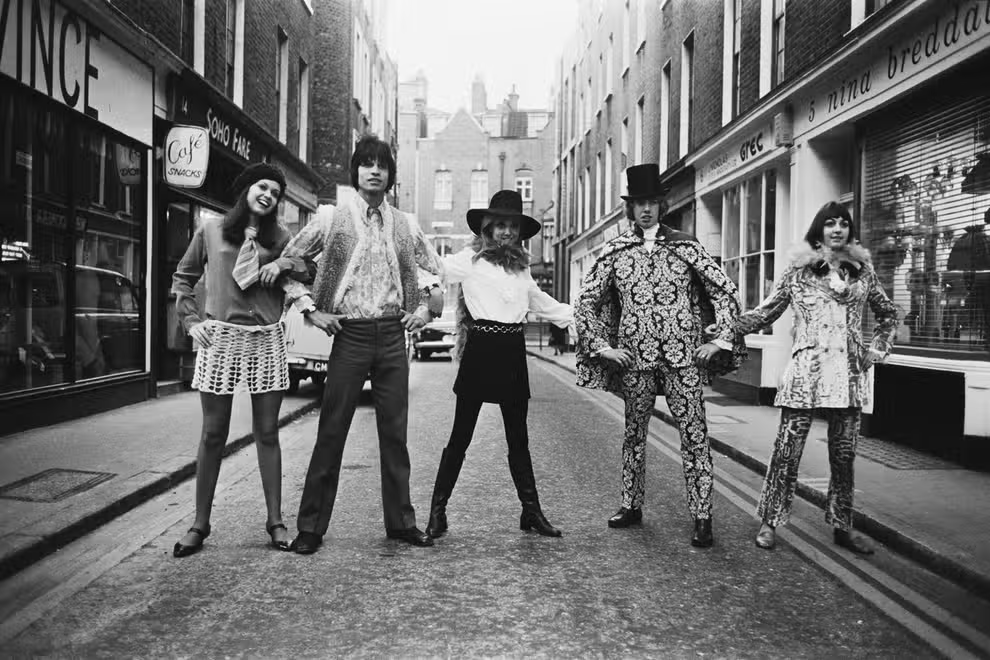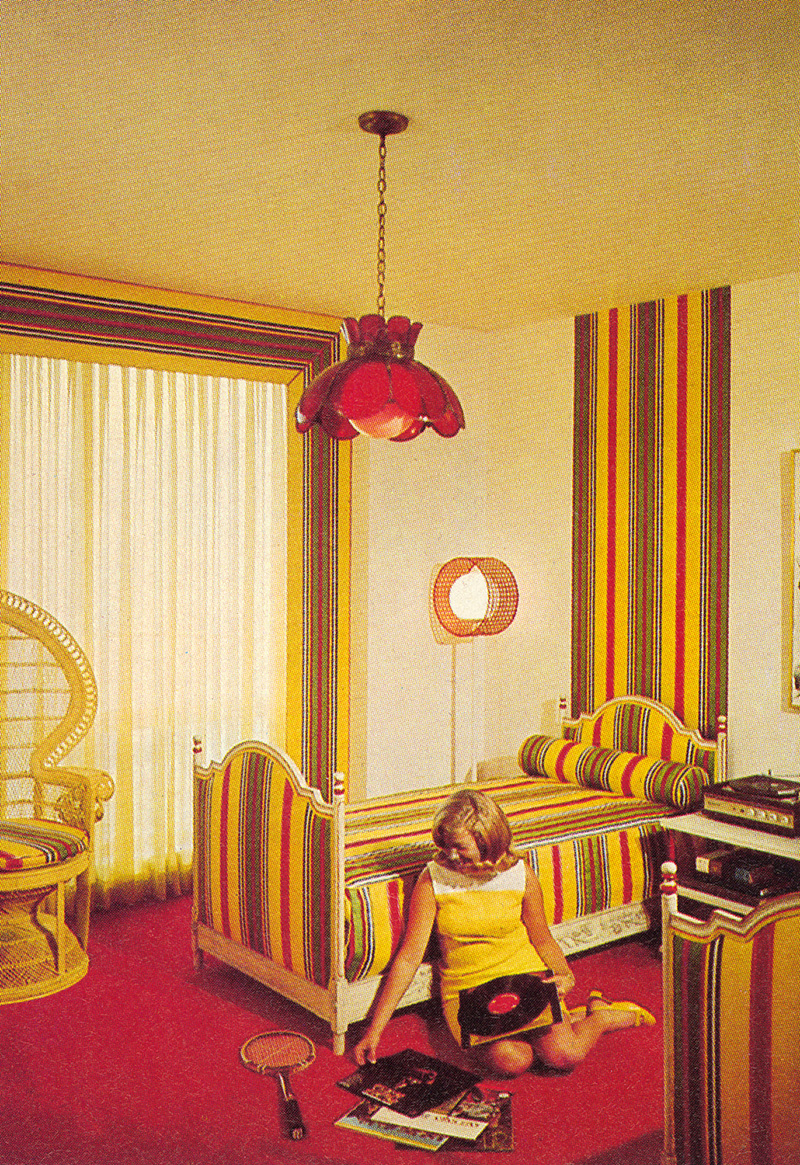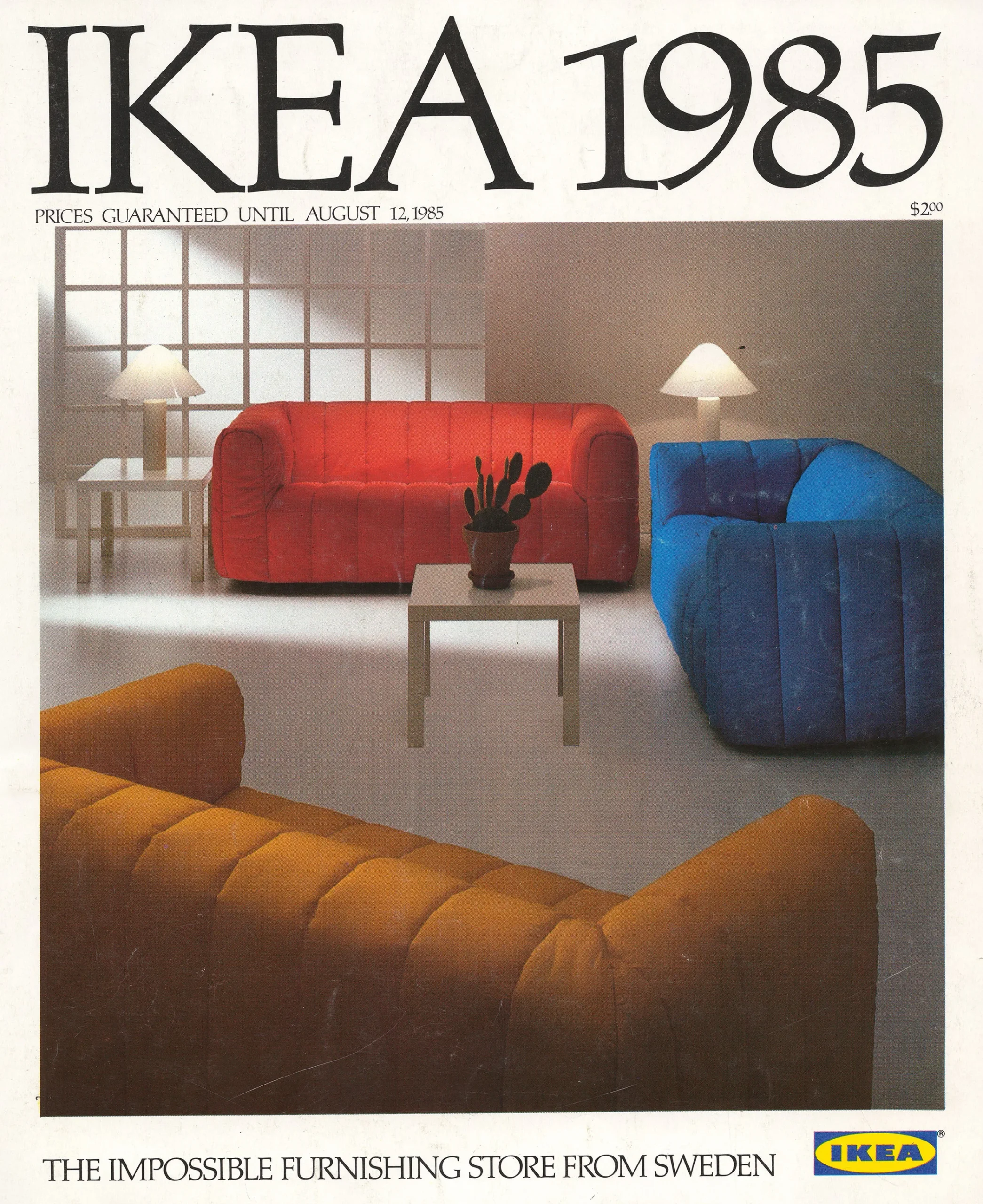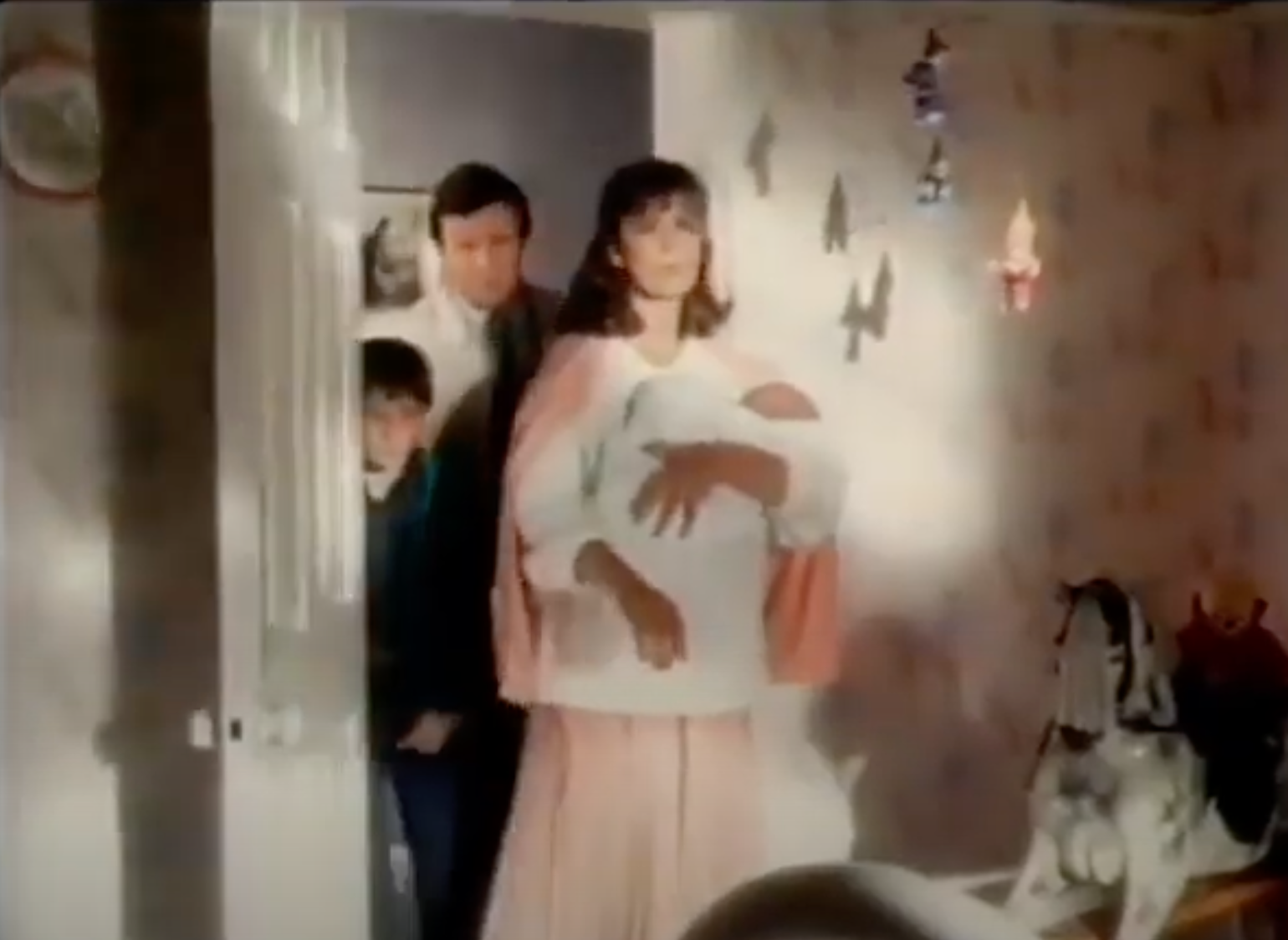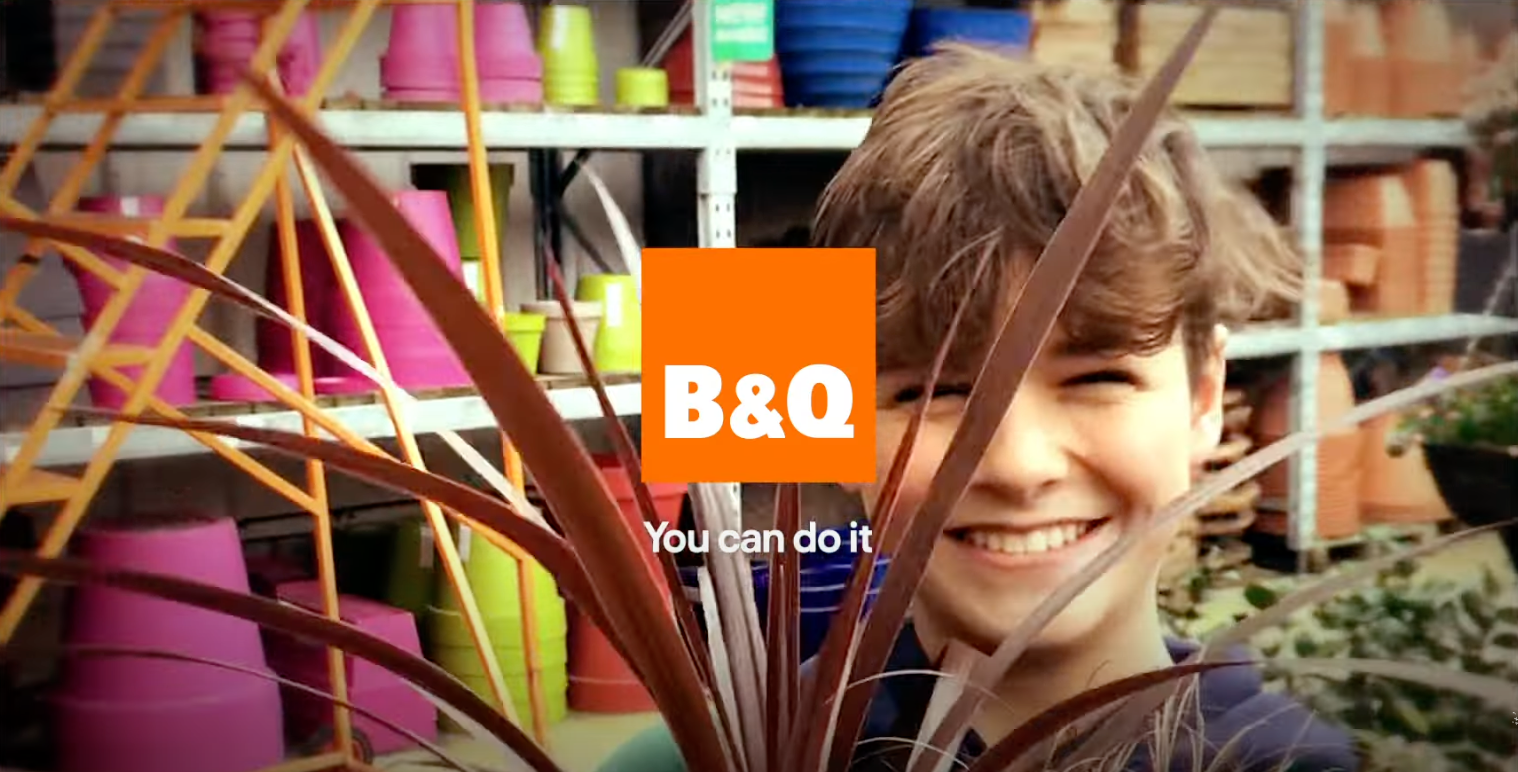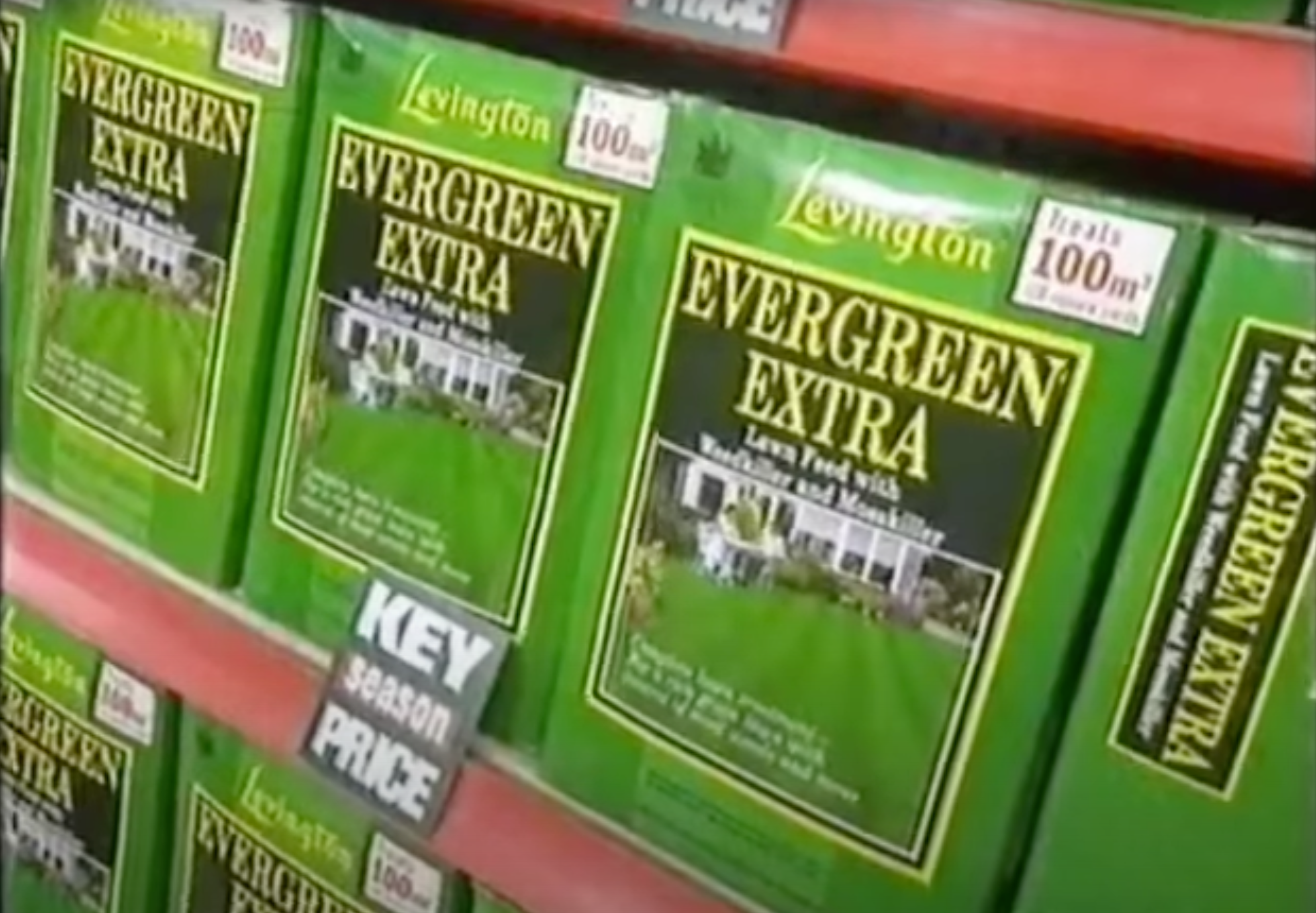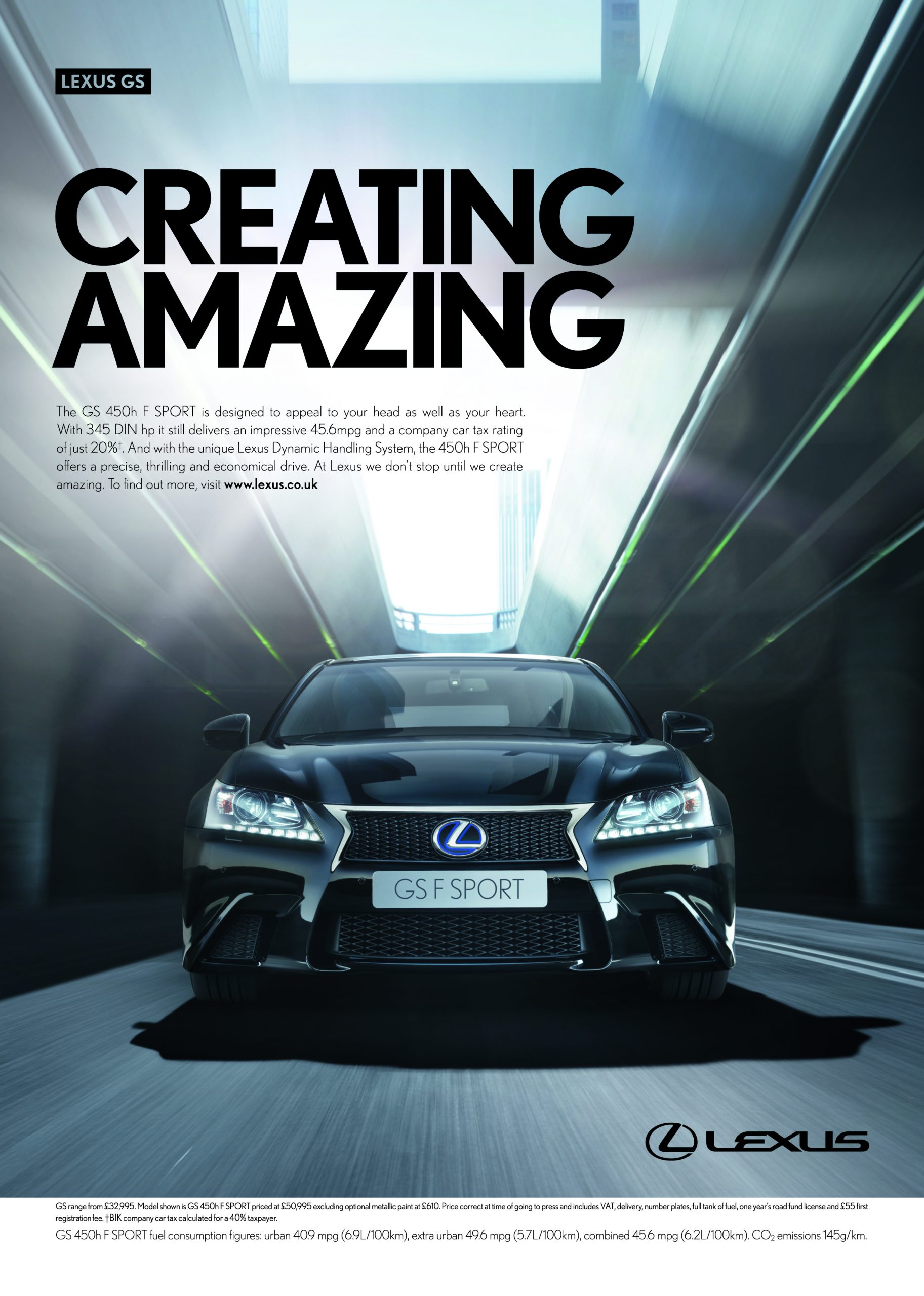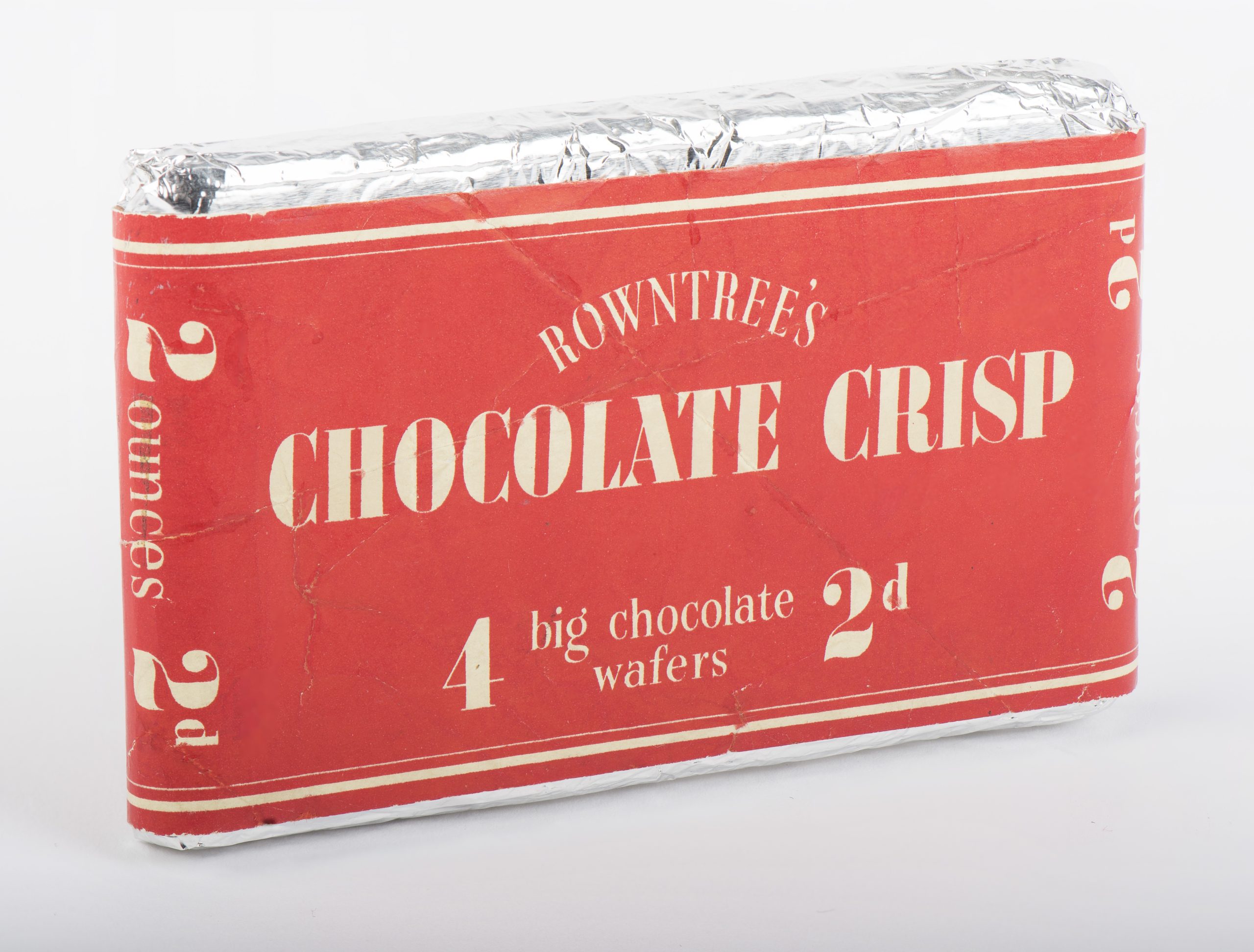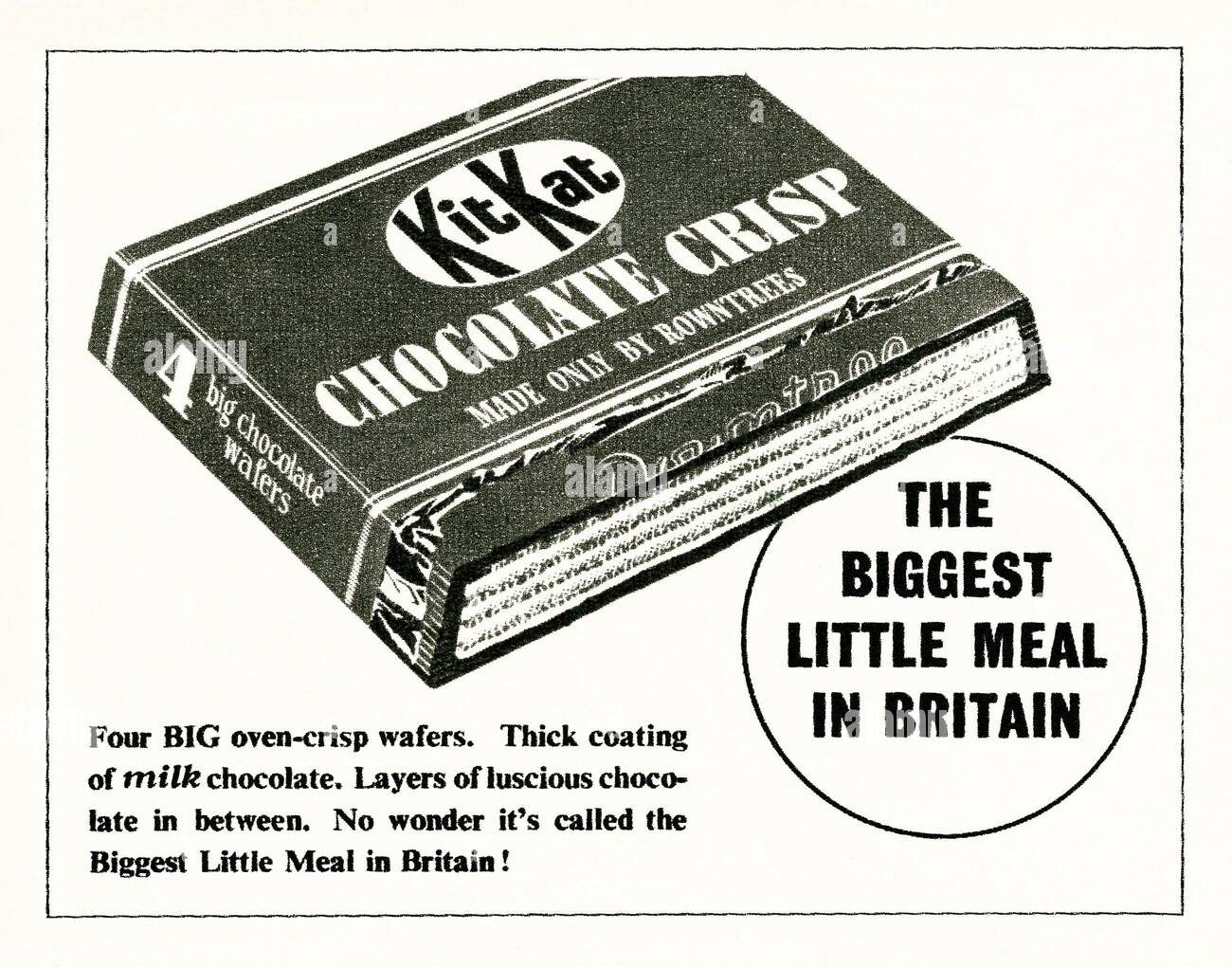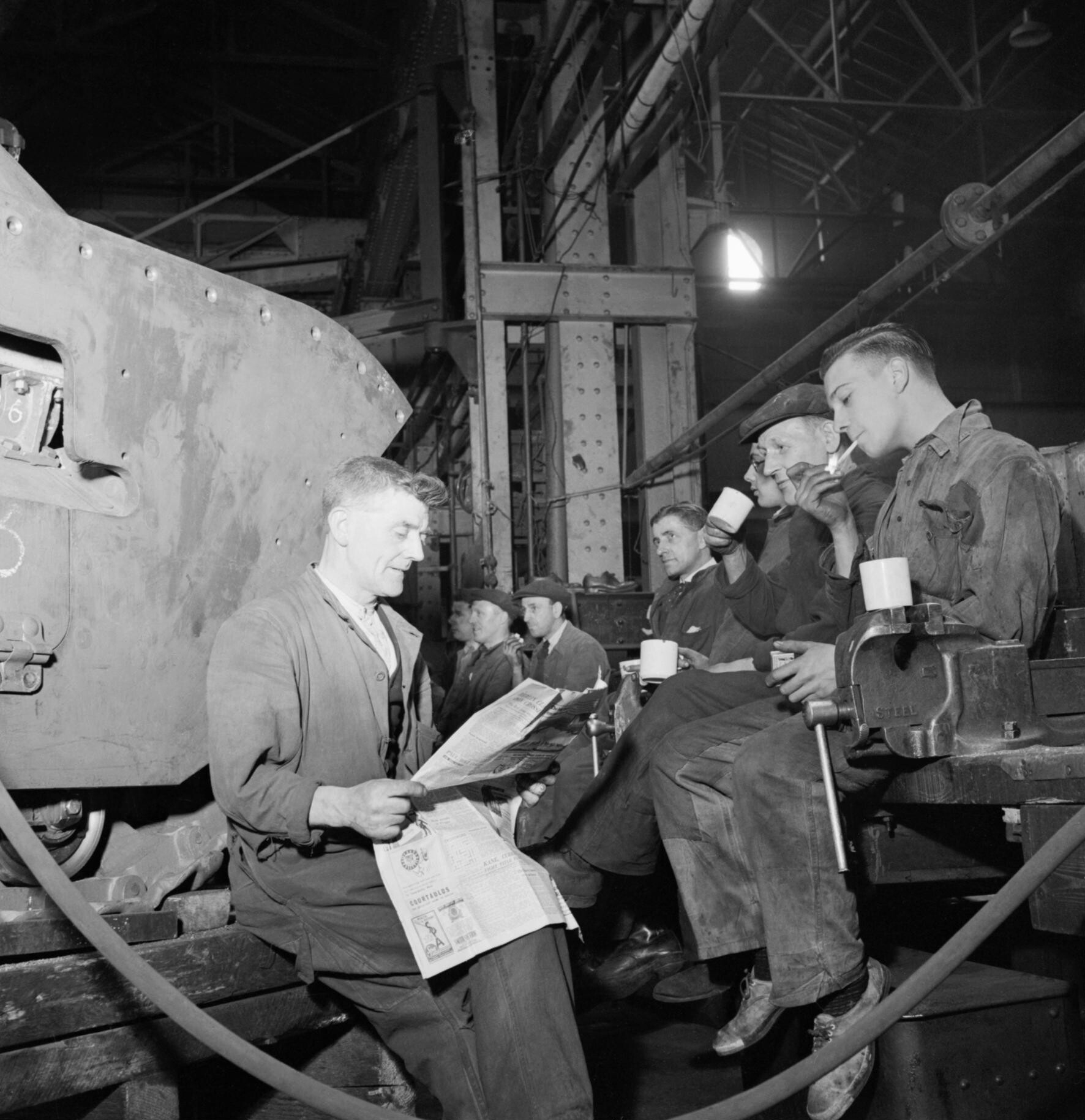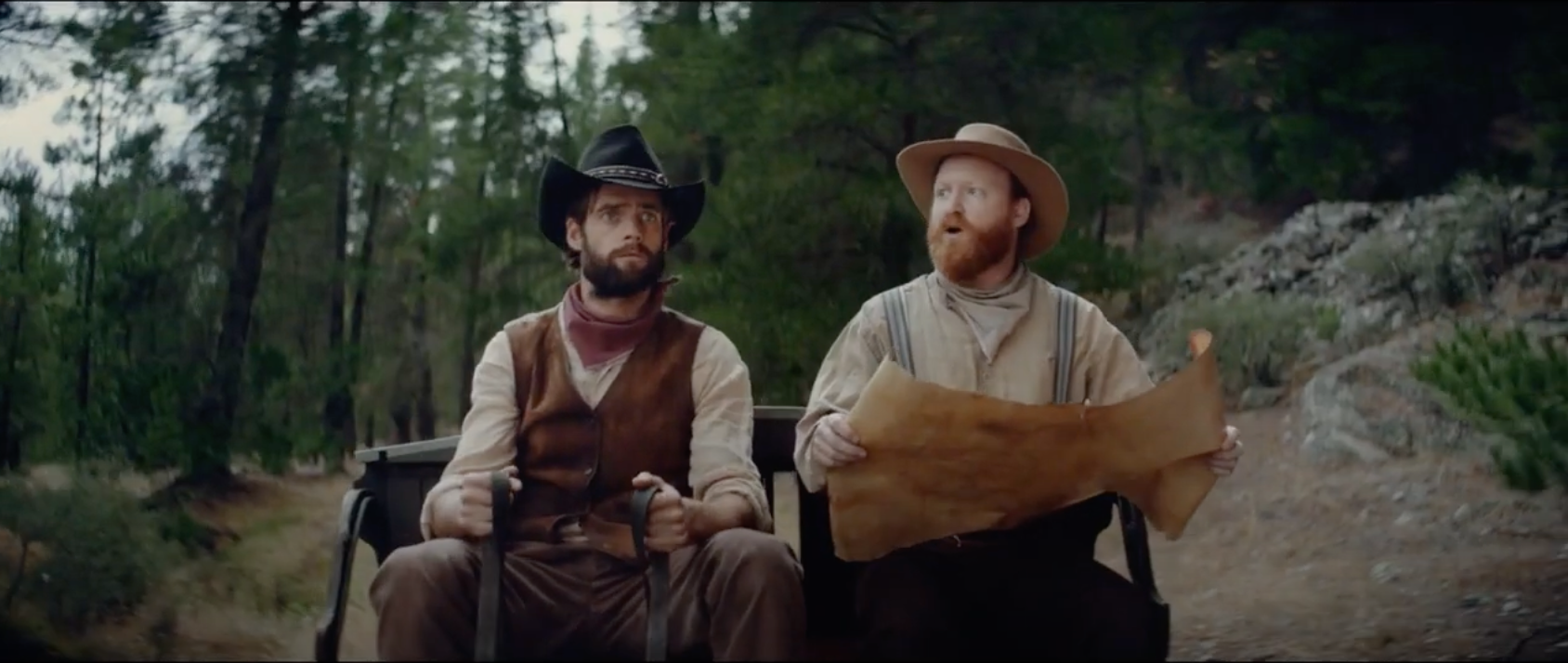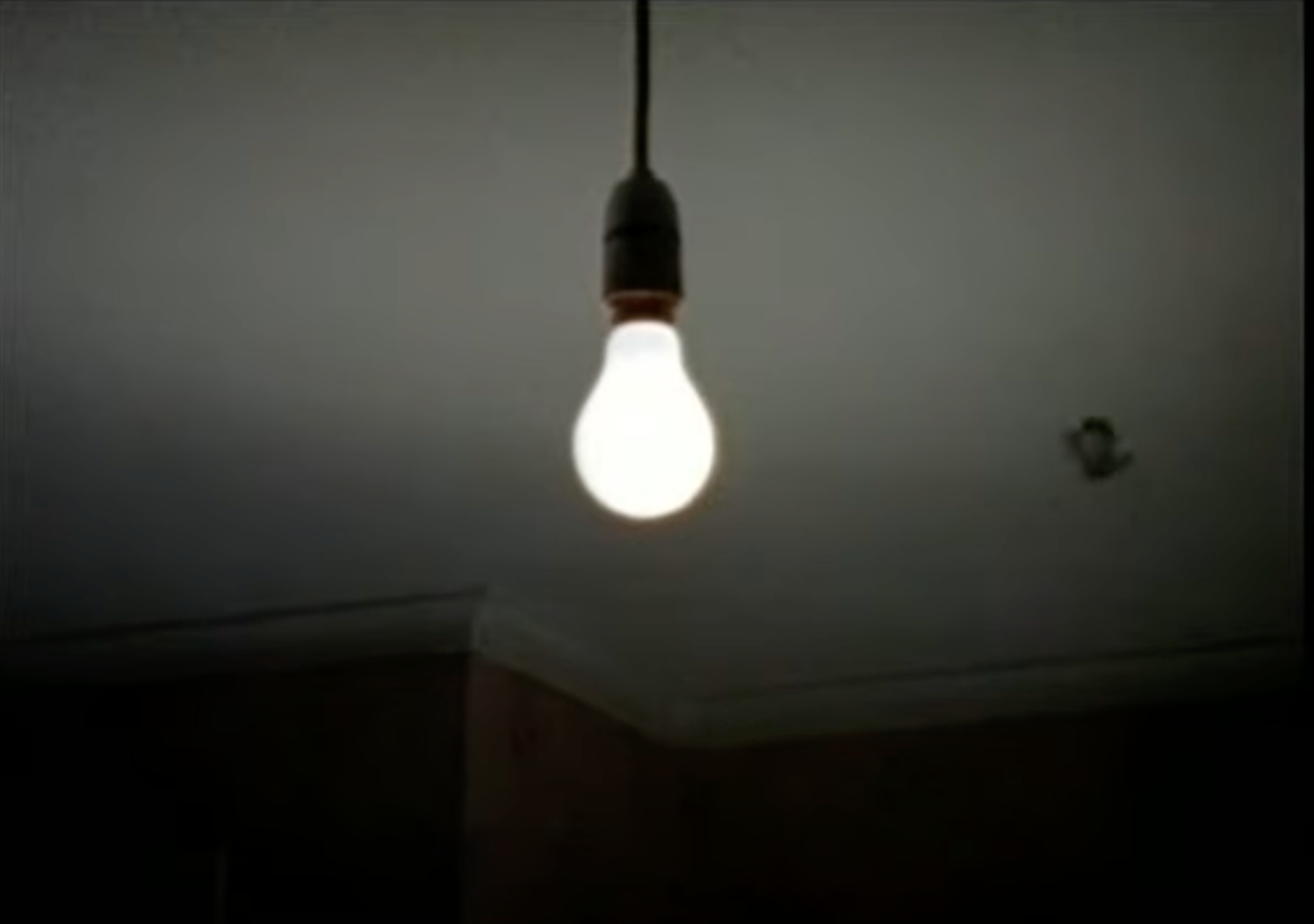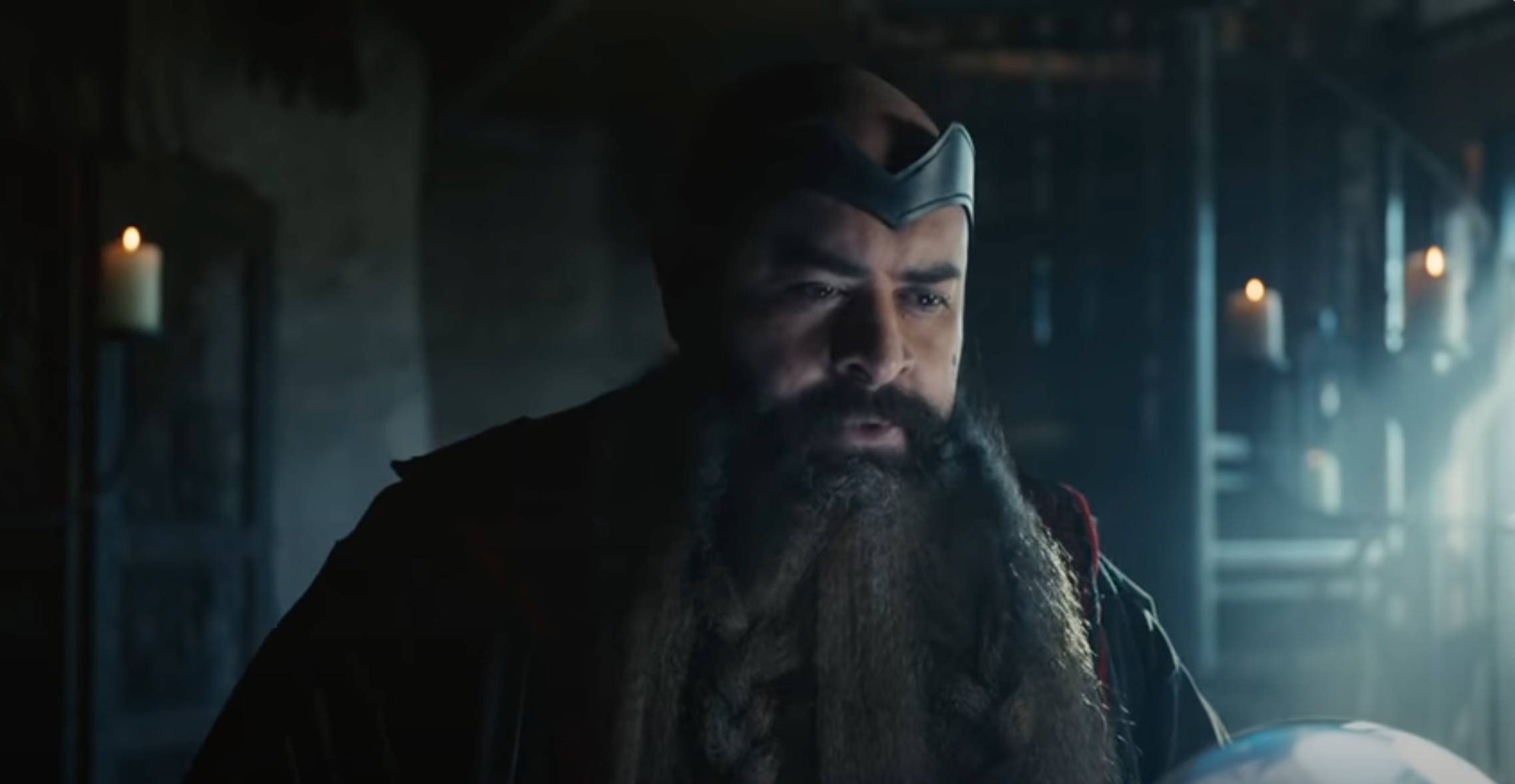If you’ve ever been a child, you’ll recognise this slogan
It might seem simple
But behind this little line sits a whole history of modern marketing
And breakfast
Before Frosties, there was Granola.
Invented (well, ripped off) by John Harvey Kellogg as a health food for patients in his sanitorium
Early cereals like Granola were marketed on Christian themes
Really Christian themes
But then…
SUGAR.
Kelloggs’ main competitor started coating their products in the stuff
And soon kids across America were guzzling sweet cereal by the bowlful
Cue a moral dilemma for Kellogg
But the other Kellogg won the day and Sugar Frosted Flakes (Frosties in the UK) were born
Thus began a branding blitz
It was the 1950s, and advertising was becoming big business
Especially in the cereal category
Why?
1. People eat the same breakfast day after day
‘Ads by the chicken lobby may convince people to eat a bit more chicken, but an avalanche of Tony the Tiger ads can get tens of thousands of children to eat Frosted Flakes every morning for years’ – Alex Mayyasi, The Atlantic
2. Cereal is cereal is cereal
It’s so basic, you can’t patent it
Making branding your only hope of standing out
3. Everyone already eats lunch and dinner
‘Breakfast is the grocer’s most promising target’ – Lionel B. Moses, 1944
Ad agency Leo Burnett were commissioned to brand and advertise the new cereal
They created Tony the Tiger, designed to signal energy and strength
And copywriter John E. Matthews penned the line:
‘They’re grr-r-reat’
What might seem like a simple trick – spiking the line with a tiger’s growl – turned out to be a masterstroke, transforming a straightforward quality statement into an ownable slogan
And voice artist Thurl Ravenscroft brought the kind of swaggering gusto you’d expect of, well, a talking tiger
Put it all together, and you’ve got a catchy slogan
One that worked for the audience (children)
And worked for the product (a category look-a-like that couldn’t make health claims)
The slogan appeared on everything from packaging to print ads to TV commercials
Over half a century on, Tony the Tiger has had some work done…
And the moral debate over making and marketing sugary cereals continues…
But even as other lines fall foul of advertising rules
‘They’re gr-r-reat!’ remains vague enough to jump regulatory hurdles…
And memorable enough to stick in your head the way sugary cereal sticks in your teeth
‘I don’t believe in advertising’
Said Phil Knight, Nike’s ‘Shoe Dog’, when he met Dan Wieden and David Kennedy
Wieden+Kennedy would go on to be one of the world’s most successful advertising agencies
Nike would go on to be one the world’s biggest brands
And ‘Just Do It.’ remains one of the most iconic slogans ever written
Phil changed his mind
He changed it when 1987 hit and Nike’s sales dropped by $200 million
When it wasn’t enough to sell great shoes to great athletes anymore
‘Just Do It.’
Inspired by the last words of murderer Gary Gilmore
(although that’s not what Dan told Nike at the time)
‘If you can’t write something startling, don’t write anything at all’
Sometimes startling is three blunt words and one full stop.
Shockingly simple, impossible to side-step
‘To succeed with the consumer, you have to wake him up’ – Phil Knight
‘Just Do It.’ was the product of an agency and a brand thinking in sync
Which is why this ‘accidental’ line, originally designed to tie a few disparate ads together
Became so much more
Nike had already realised that people – women especially – don’t just do sport to be fit, or be fast
Sport is emotional, and personal.
Nike were ready to stop talking about products, and start talking about the people who used them
And Wieden + Kennedy?
‘They take the time to grind it out. They try to extract something that’s meaningful, an honest message that is true to who we are’ – Phil Knight
That’s how you get to ‘Just Do It.’
(and, for the record, they didn’t pre-test it)
Designed to ‘inspire people to participate in sports’ – Liz Dolan
The line did that, and then some
‘I had women writing to me saying “I finally left the bum” – they were getting divorces based on the slogan’ – Liz Dolan
The line said something to people.
Which made Nike mean something to people
Between 1988 and 1998, Nike’s sales went from $200 million to $9.2 billion
(that’s a 46-fold increase)
Since then, it’s become a cultural meme
A fashion statement
And a call to protest
A line so direct it always means something
And so simple it can mean a hundred different things
Harland Sanders’ fried chicken wasn’t haute cuisine, but it tasted good, and you could eat it fast
How fast?
Try 70mph speeding down an interstate highway.
Served in a bucket and eaten with your hands this was food designed to move
It’s no coincidence that when Sanders got his start in the 1930s it was serving meals out of a petrol station
Soon, just like the highways it catered to, the franchise had spread from state to state
Including Arizona where, in 1956, in a small TV station, KFC’s Phoenix branch was shooting a TV commercial live (standard practice at the time)
Ken Harbough, the branch manager, was in front of the camera doing the talking
While the branch owner, Dave Harman , was in the background doing the eating – chowing down on a big plate of fried chicken
An incensed viewer called in to complain:
‘Mr. Harman is licking his fingers!’
‘Well, it’s finger lickin’ good!’ came Ken’s reply
(or that’s how Pete Harman – the other guy behind KFC empire and brother of finger lickin’ Dave – tells it)
The line stuck around.
In fact, it couldn’t be killed
KFC tried a few times
In 2011, spurred by a popular fervour for healthy eating (see: ) they tried to replace it with the offensively bland ‘So Good’
And again during the coronavirus epidemic when, by the brand’s own admission:
‘The award for the most inappropriate slogan for 2020 goes to… KFC’
But, somehow, the line always seems to come back…
Back to packaging
Back to billboards
Back to commercials
Because it’s authentic
Because it speaks squarely to the ‘so tasty I want to eat more but I know I shouldn’t’ appeal of fast food
Because no one goes to KFC for the salads or the napkins
Because deep down we all want our guilty pleasures to stay guilty
Before there was ‘Maybe she’s born with it. Maybe there’s Maybelline.’
There was ‘Fine makeup, sensibly priced’…
A little underwhelming from the brand that more-or-less invented the cosmetics category
Throughout the 1910s, 20s, 30s…
Maybelline pulled makeup off the silver screen and onto the faces of ordinary women
A feat that took ‘selling women on the idea that it was perfectly moral’ according to the 19-year-old who founded it
(a.k.a. commercialised his sister Mabel’s idea)
Maybelline told the public that faking it wasn’t a crime – just a smart move for smart women
But then the brand coasted
By 1990, sales were dragging
The New York Times thought Maybelline was ‘staid and stodgy’
While investment banker Bruce Wasserstein thought it was ‘underdeveloped, but latently tremendously powerful’
So he bought it.
Bruce might have looked like an unlikely suitor for one of America’s largest cosmetics brands
But by this point makeup was big business, and Bruce was a bonafide businessman
He called in ad agency Lintas – recently dumped by Maybelline’s arch rival CoverGirl – to take on the creative
Christy Turlington became the face of the brand
Ads became edgier, choppier… 90s-er
And ‘Maybe she’s born with it. Maybe it’s Maybelline.’ was penned
With $50 million in spend behind it, the line was hard to miss
And with a clever construction – the brand name vibrating through the line like a drum beat – it was hard to forget
But this line was more than an ear worm.
It landed smack-bang on the magic overlap between something that is true of the brand and something that feels true to the audience
‘Maybe she’s born with it. Maybe it’s Maybelline’ gave a knowing wink to the fakery Maybelline had practically patented
And told women that even Christy Turlington didn’t wake up like this
Suddenly, looking like a supermodel didn’t sound impossible
And trying didn’t sound outrageous
Just a smart move for smart women
Sales soared
L’Oréal swooped in
Maybelline remains one of the biggest beauty brands in the US and beyond
And the line? It ran for 24 years
(Making it three years older than Christy Turlington was when she launched the campaign)
But times changed.
Beauty brands tweaked their tactics
And the strapline was quietly retired in 2014
But even today, ‘Maybe she’s born with it’ ranks as one of the most recognisable brand lines in the world
Not bad for a slogan that hasn’t been a slogan for nearly a decade
When B&Q hit Britain in 1969
A house wasn’t just a house
This was the era of baby boomers
Homeowners
Children of the swinging sixties
A house was a way to express yourself.
And B&Q were on-hand to help
The optimistic, supportive, simple slogan
Tapped into a burgeoning post-war trend: DIY
Where once building and decorating had been the preserve of professionals
Now, anyone could do it with the right tools
And at B&Q, those tools weren’t kept behind counters
They lined the walls
And knowledgeable ex-tradespeople dotted the aisles
Those same store staff starred in the ads
Part of a push to talk to consumers, instead of just shouting at them
Ad agency Dorland (one of the UK’s biggest at the time) knew B&Q needed to make itself more than a place to buy cheap hammers
It had to talk to hearts as well as heads.
‘You can do it when you B&Q it’ does both
It says ‘you can paint a skirting board’
It says ‘you can make your home your own’
So even as the commercial landscape shifted
As the costs of hiring tradespeople fell
As flat pack projects cut out tools
As online shopping reinvented retail
As B&Q’s offering adjusted, and its advertising became emotive and ultimately award-winning
The line held
Because ‘you can do it when you B&Q it’ has always been about more than value
It recognises that homes, lives, selves are what people want to build
The charm of ‘Have a break, have a KitKat’ lies in its humility
In a world where beers ask us to ‘Be legacy’ and cars promise to ‘Create amazing’ KitKat keeps its expectations low
And in doing so, conquers a small chunk of the day
Before ‘Have a break, have a KitKat’, Chocolate Crisp (as it was known back then) was ‘the biggest little meal in Britain’
Vaguely peddled as a lunch replacement and/or energy boost
It was ad agency JWT who, in the 1950s, had the bright idea to shift the thinking
So that instead of being what helped you keep working, KitKat was why you stopped
Placing the bar smack bang in the middle of a much-loved ritual: the mid-morning break (aka ‘elevenses’)
The line – penned by Donald Gilles – solidified its new position, with a neat nod to the ‘break’ of a finger of chocolate
Not bad for seven syllables
It may have been born to tap into a British obsession with work
But the line stuck around and spread thanks to its flexibility
It’s as relevant to a British postman as it is to a Malaysian farmer
It applies to wizards
Wagon rides
And war rooms
By building on something as simple as a pause
The line lets creativity run in all directions
Ending up in places that are often silly occasionally beautiful and sometimes even a little profound
Today, Kit Kat is one of the world’s favourite chocolate bars.
JWT continues as its ad agency
And ‘Have a break’ is still going strong

